Pam Hawley Marlin July 2022
By Silician standards, the town of Riesi is a fairly new settlement. Prior to its establishment in 1648, this area, referred to as "uncultivated or sallow land," was inhabited over the centuries by the Greeks, Arabs (Saracens), Normans and Spanish. Evidence of these ancient civilizations' first burials, ancient tombs enclosed in brick sarcophagi, were found in the caves of nearby mountains.
Riesi had been established for nearly 200 years before there was a proper place to bury their dead. Prior to that, the bodies of the recently deceased were buried in church pits. This was especially true during Riesi's cholera epidemics in the 1800s, when the dead were interred in a mass grave behind one of the town's oldest churches. In 1869, the mayor of Riesi initiated the process of building a special site for the dead, abolishing the custom of burials in church pits. The site was walled in, and gradually, the newly established cemetery was adorned with "avenues, graceful graves, and flowers."1,2
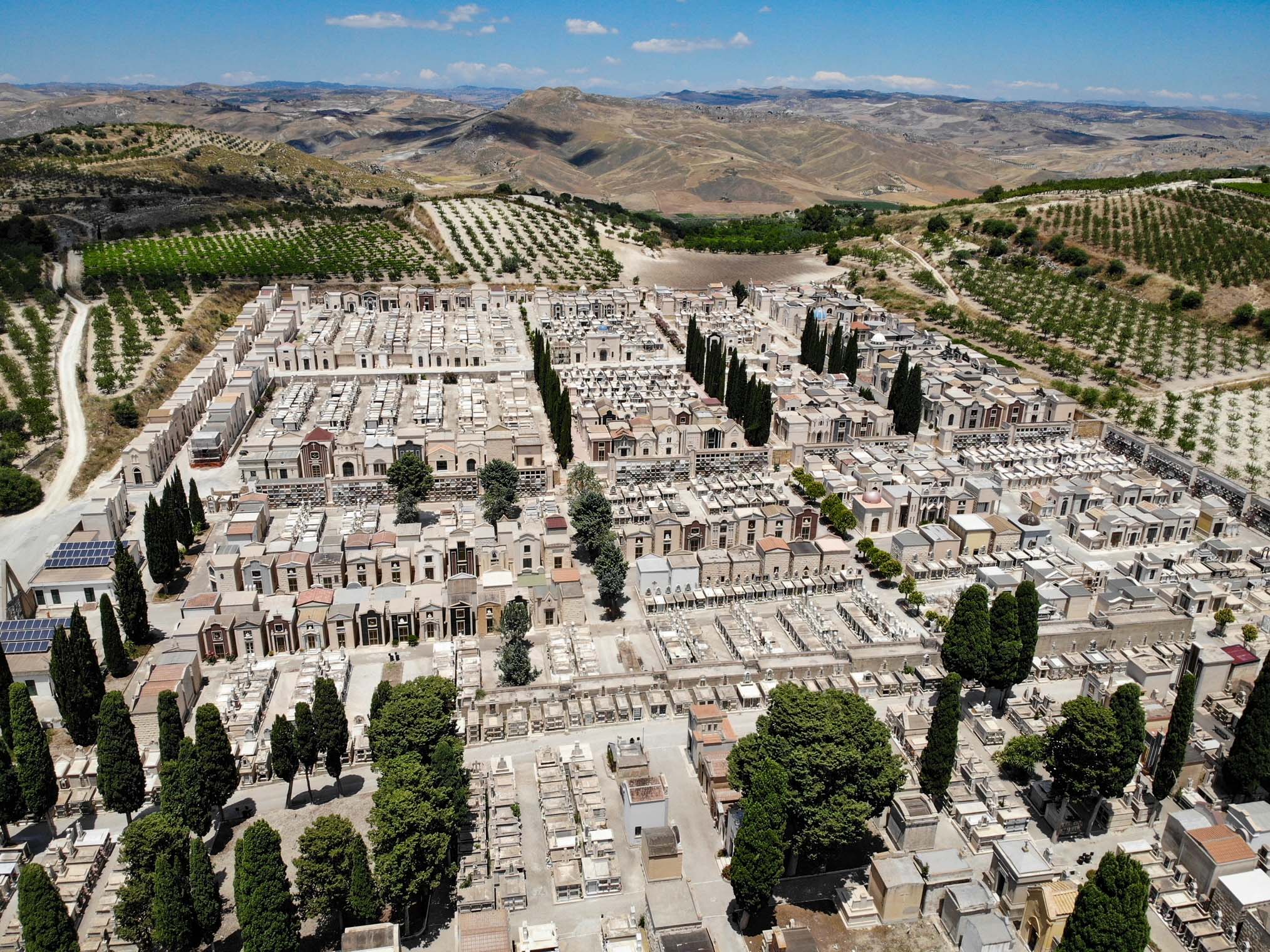 Aerial view of the Riesi Cemetery. J Marlin 2022
Aerial view of the Riesi Cemetery. J Marlin 2022
A glimpse into the death practices of Sicilians and local Riesini's is provided in the following excerpt, From Challenging Culture to Challenged Culture. "Almost always, a death is something that is felt in the entire quarter. After a death, the close relatives, the dolenti (the mourners, spouse, children, brothers, and sisters) watch for 24 hours by the death bed. In some places, like Riesi, the dolenti do not sleep as long as the corpse is in the house, it being encoffined and buried rather quickly in view of the hot climate. Before the body is placed in the coffin, the close relatives kiss it on the forehead or the hand. In fact, this is done at every visit, at which the qualities and the last moments of life are regularly recalled for the visitor. In the evening before the funeral, the men carry the deceased to the church. After the service in the church, the deceased is brought to the cemetery. The relatives follow and greet there the immediate family. Then the dolenti remain for three days in the house of the deceased. Sometimes the dolenti stay another week at the house of the deceased after the burial. They sit in a circle on stools, dressed in black, unwashed and unshaven, doing nothing. On the front door, a brief death notice is hung up "per il mio caro figlio,” “per mia mamma,” etc. It stays there until, bleached by the sun, it blows away."3
"A woman is careful for the first few days when she is in mourning, and she will not pick up a young child and certainly not a baby. For her husband, she wears mourning for at least nine years, and sometimes her entire life. For a father-in-law, two years. For his wife, a man is in mourning for four years. For a child, a mother will wear black for three to five years. In a village like Riesi, however, a mother will wear black for her entire life for a deceased son if he did not die as a young child. Some women are in mourning from about their 30th year for the rest of their lives. There is always a mother, a father, a brother. a sister, or a child to mourn. For the first few weeks, she brings flowers every day to the cemetery, then every week, and finally every month. In the cemetery, there is a constant coming and going of paisani, particularly women." 3
We visited Riesi in June 2022 with the intention of researching my husband's Italian ancestors, the Lupo and Anzaldi families. A visit to the cemetery was the highlight of our trip. An avid genealogist, this was my first opportunity to visit a Sicilian cemetery with the multi-story rows of concrete vaults sealed with plaques. For two sweltering days, we roamed the entire cemetery photographing every family member we could find. I soon realized that the cemetery offered a unique experience, as almost every burial had a life photo of the deceased. With so many life stories represented in one photo, it was difficult not to pause and take in every image in the cemetery.
The magnificent mausoleums and orderly rows made the visit enjoyable as well as easy to navigate. Each niche in the burial walls had flowers in vases while decorative fountains around the cemetery provided water for flowers or for the hot and thirsty visitor. A peak into the mausoleums revealed tables covered with lace coverings adorned with photos of the departed. In the older section of the cemetery, the older mausoleums and head stones are mixed with newer, well maintained ones.
I quickly came to the conclusion that the pre-1920 ancestral burials that I was earnestly searching for were not there. The cemetery had been established by the late 1800s, however, there were hardly any burials before 1920. Potentially, the earlier graves were removed over time, either to be cremated, interred with family in the more modern mausoleums, or completely removed. As I searched through the older section of the cemetery, I noticed empty vaults or vaults that had been walled up. It could be that the older burials were once there.
Despite the slight disappointment I felt at not finding the older burials, the well maintained Riesi Cemetery was beautiful and peaceful to visit. We did find some ancestors, and with the benefit of the photos, marveled at how much they looked like my husband's present day family. Below are some of my favorite photos of the cemetery.
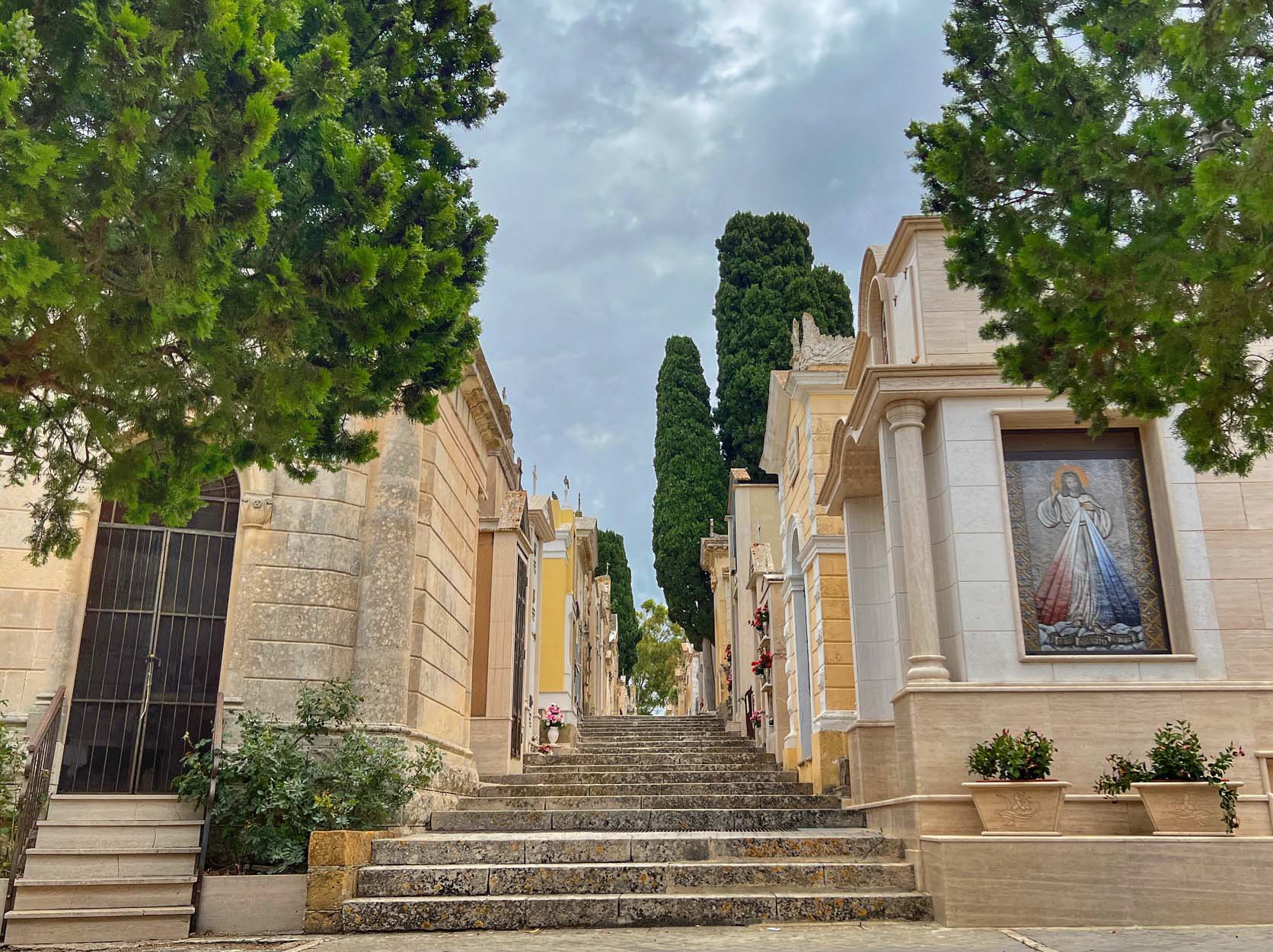 Riesi Cemetery. P Marlin 2022
Riesi Cemetery. P Marlin 2022
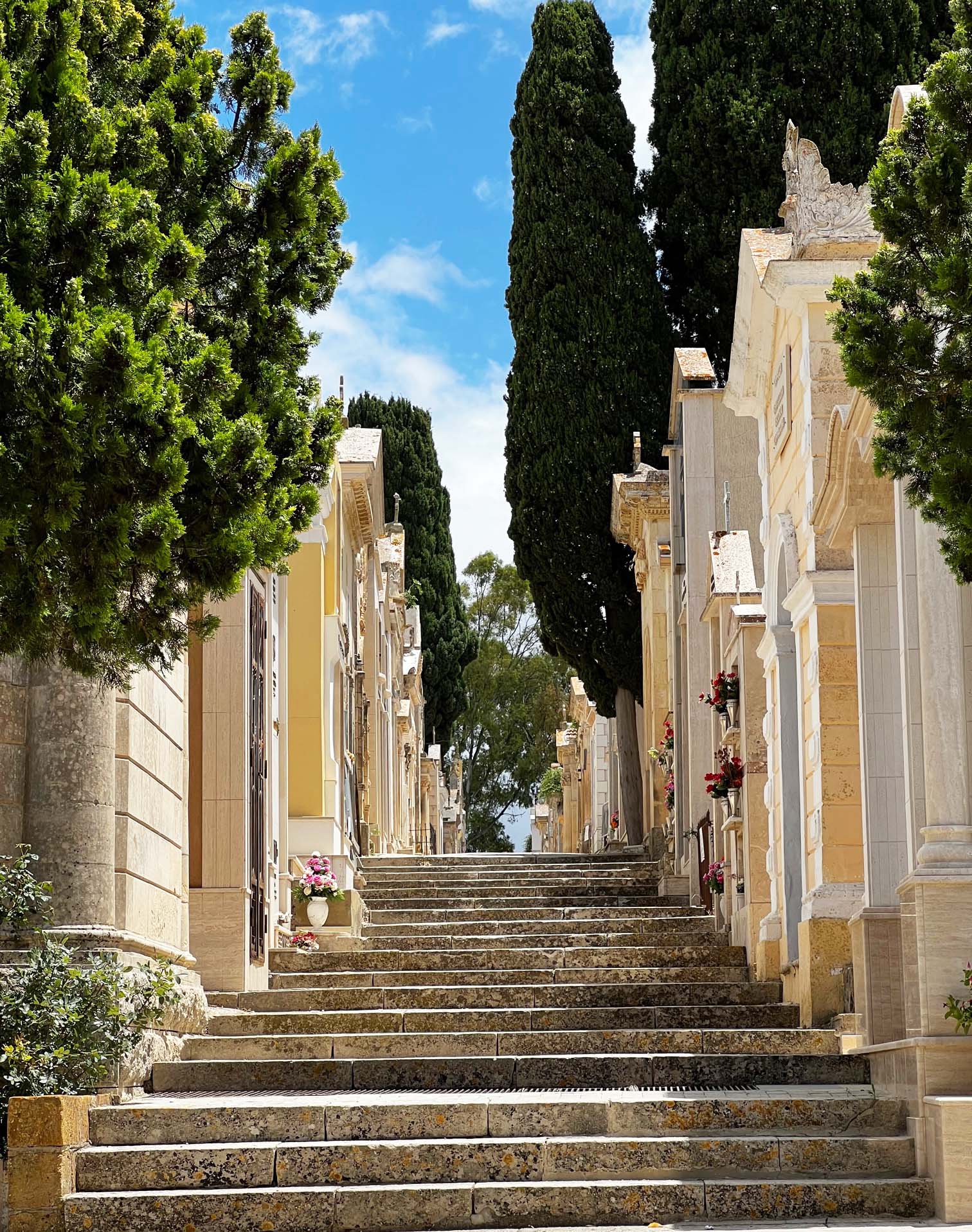 Riesi Cemetery. D Marlin 2022
Riesi Cemetery. D Marlin 2022
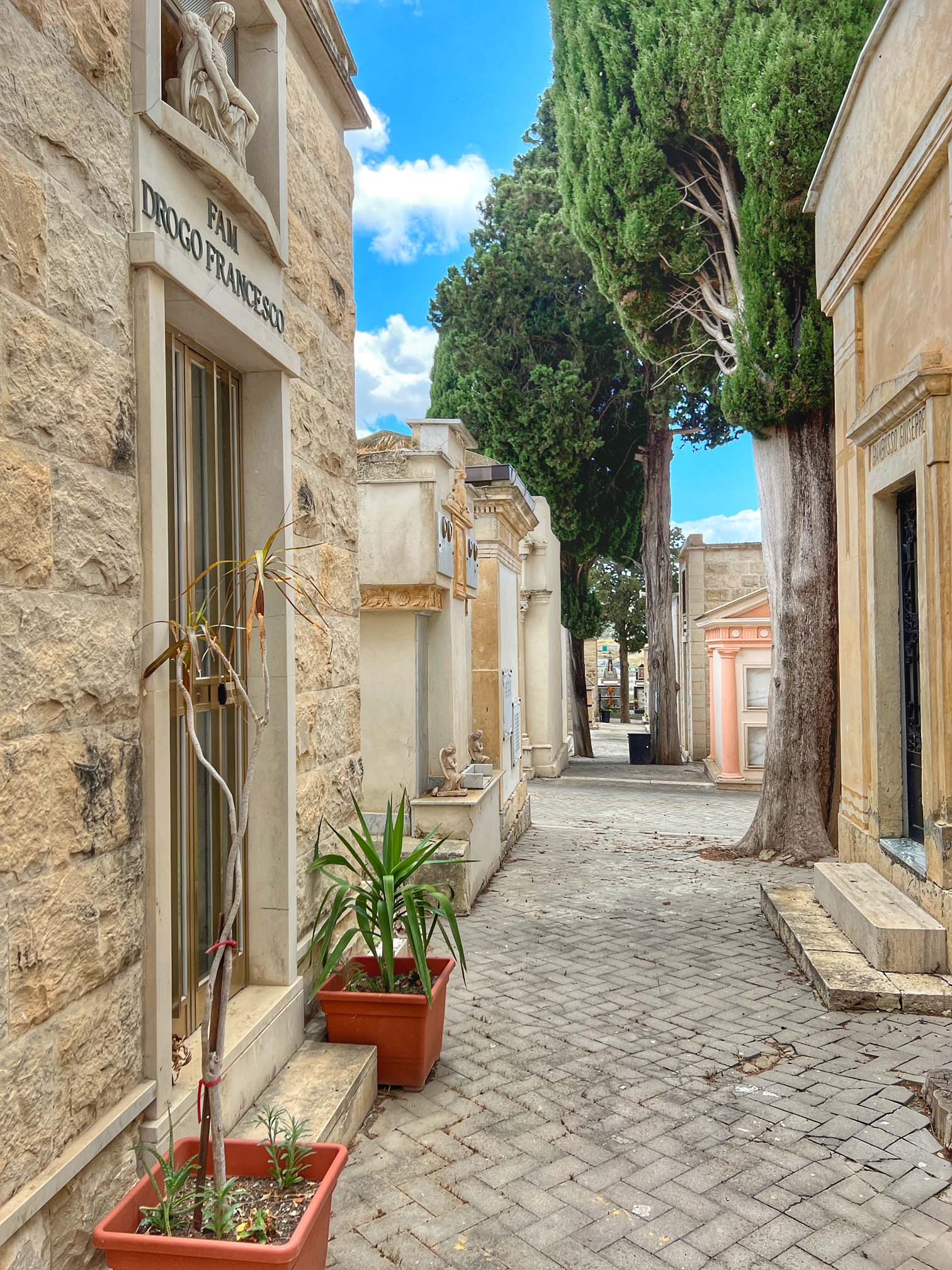 Riesi Cemetery mausoleums. P Marlin 2022
Riesi Cemetery mausoleums. P Marlin 2022
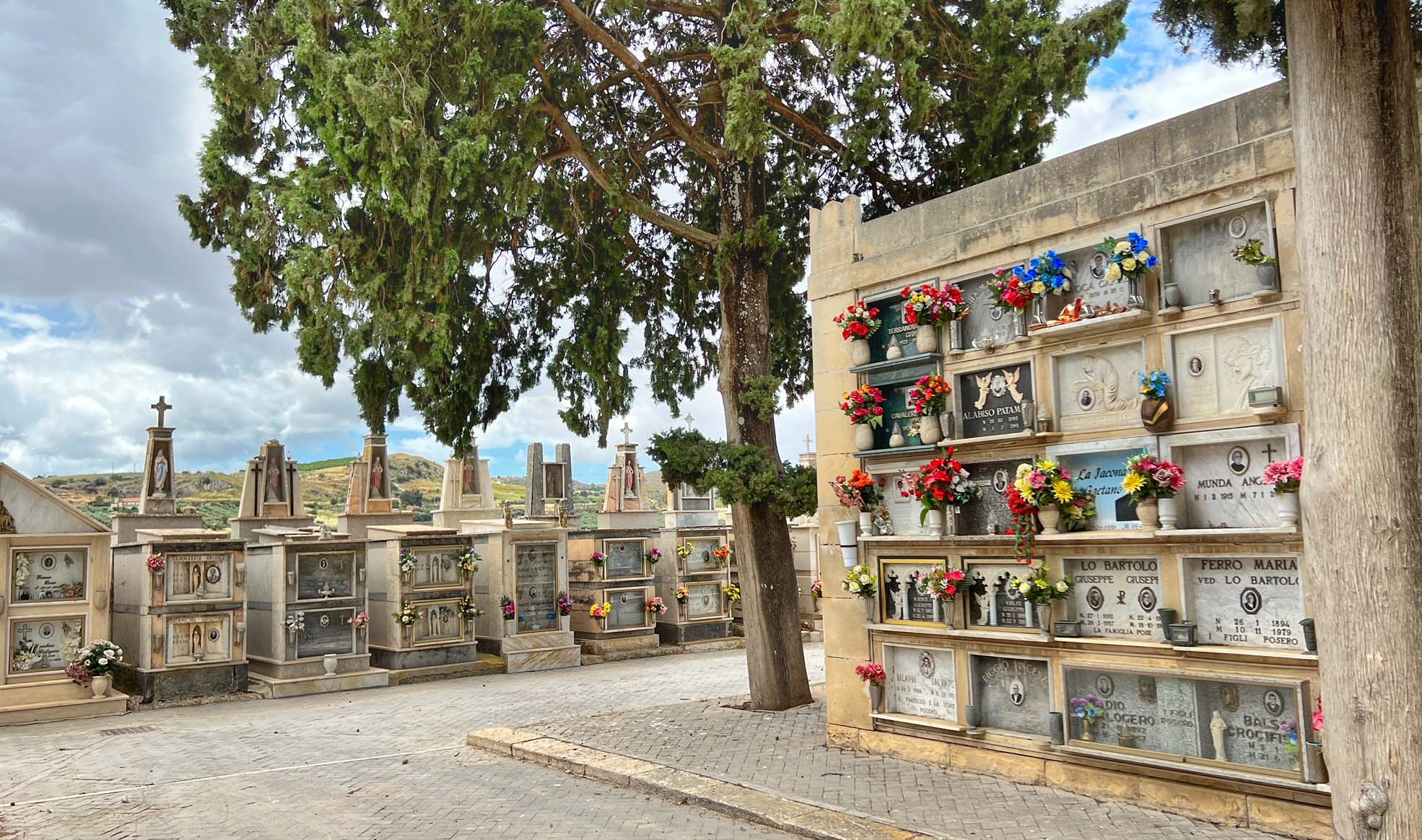 Riesi Cemetery vaults. P Marlin 2022
Riesi Cemetery vaults. P Marlin 2022
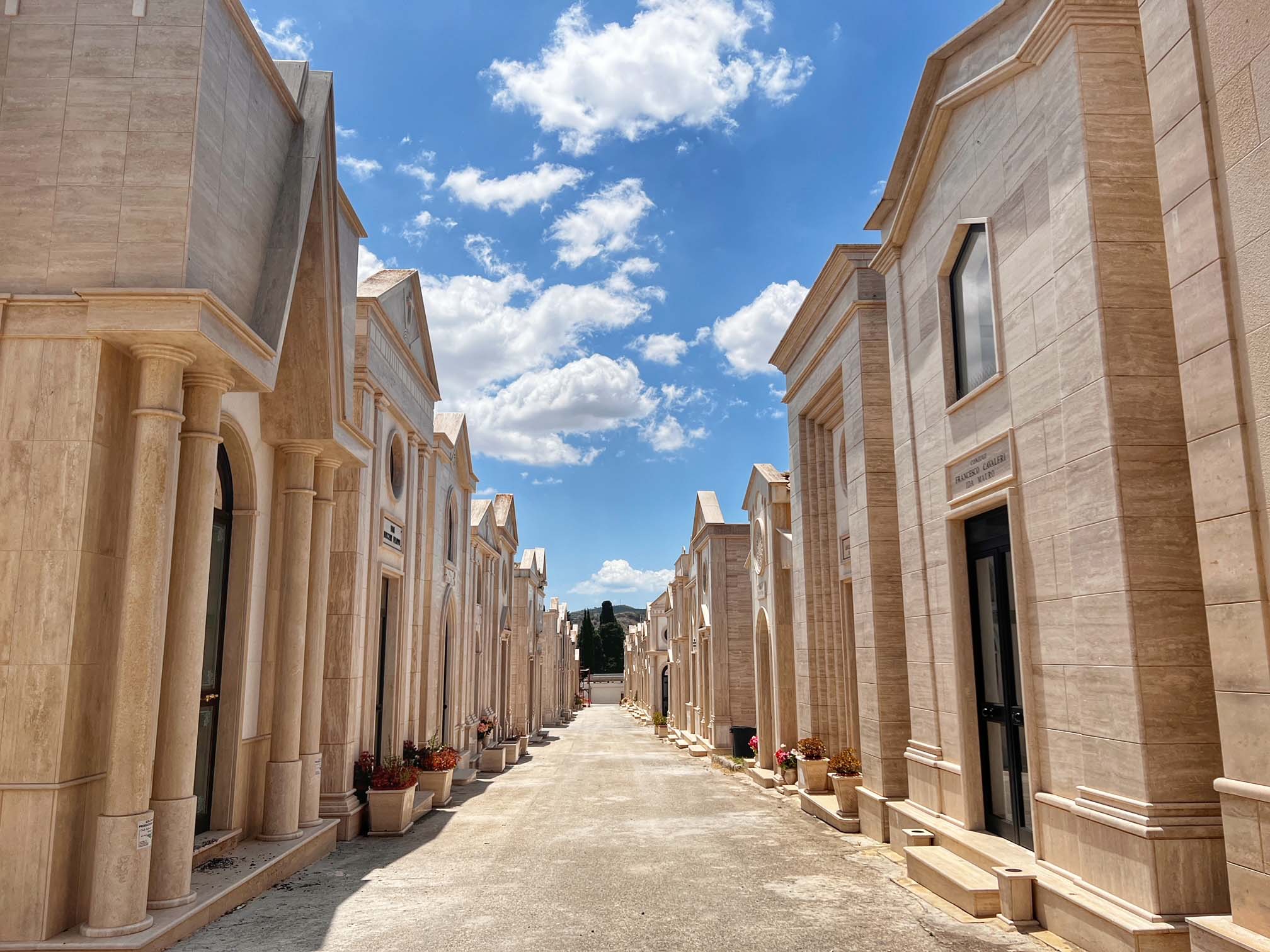 Riesi Cemetery. P Marlin 2022
Riesi Cemetery. P Marlin 2022
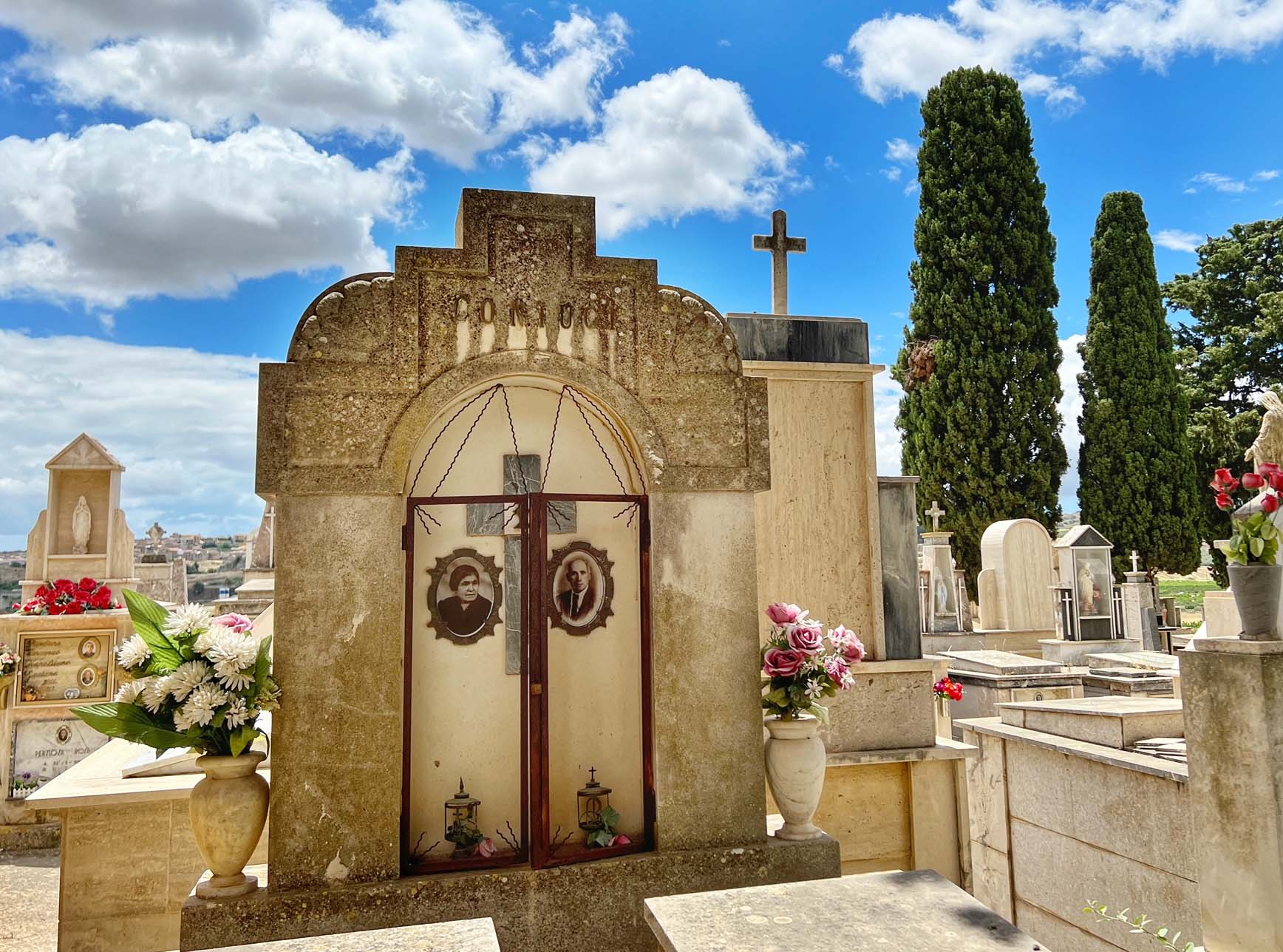 Riesi Cemetery. P Marlin 2022
Riesi Cemetery. P Marlin 2022
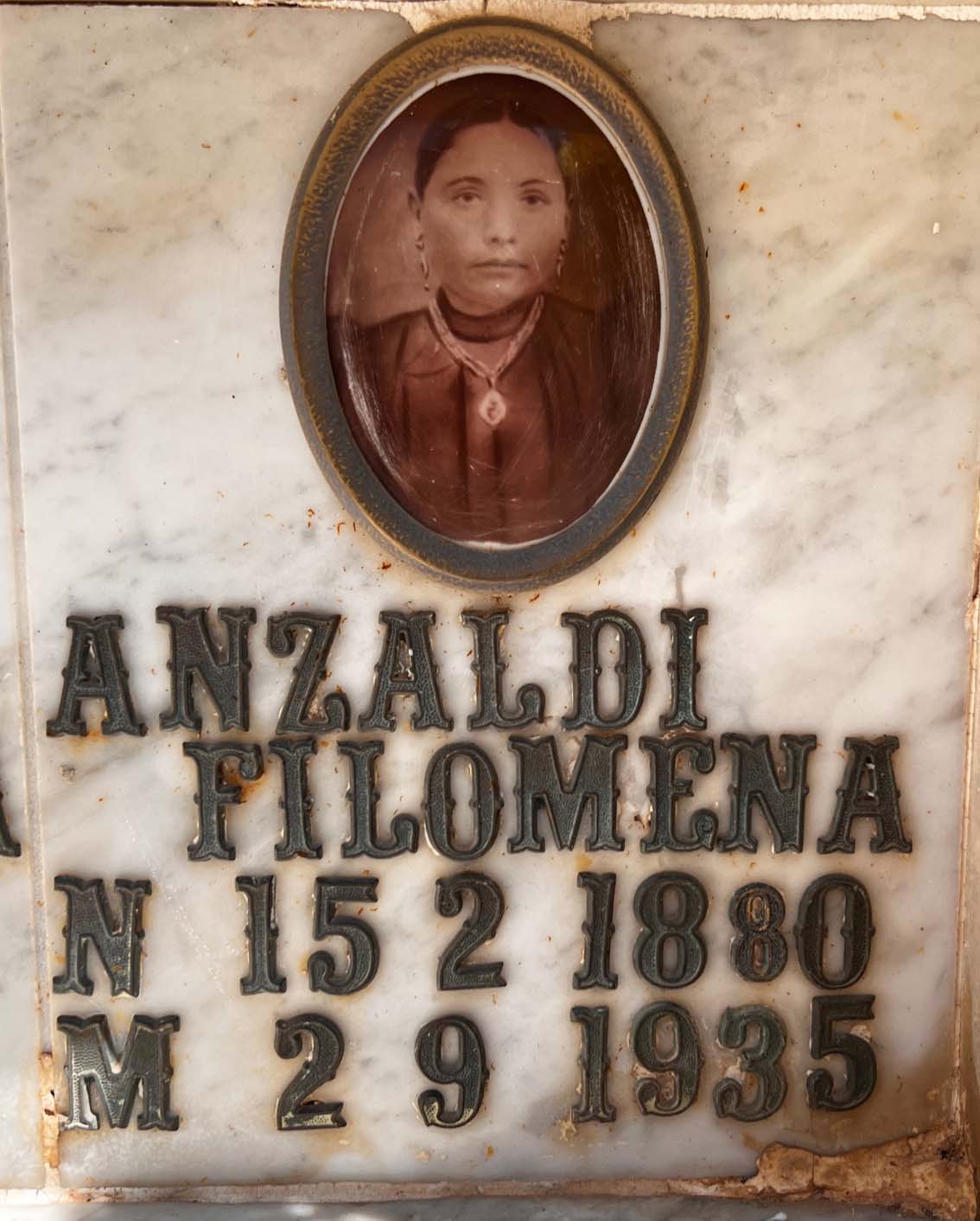 Riesi Cemetery. P Marlin 2022
Riesi Cemetery. P Marlin 2022
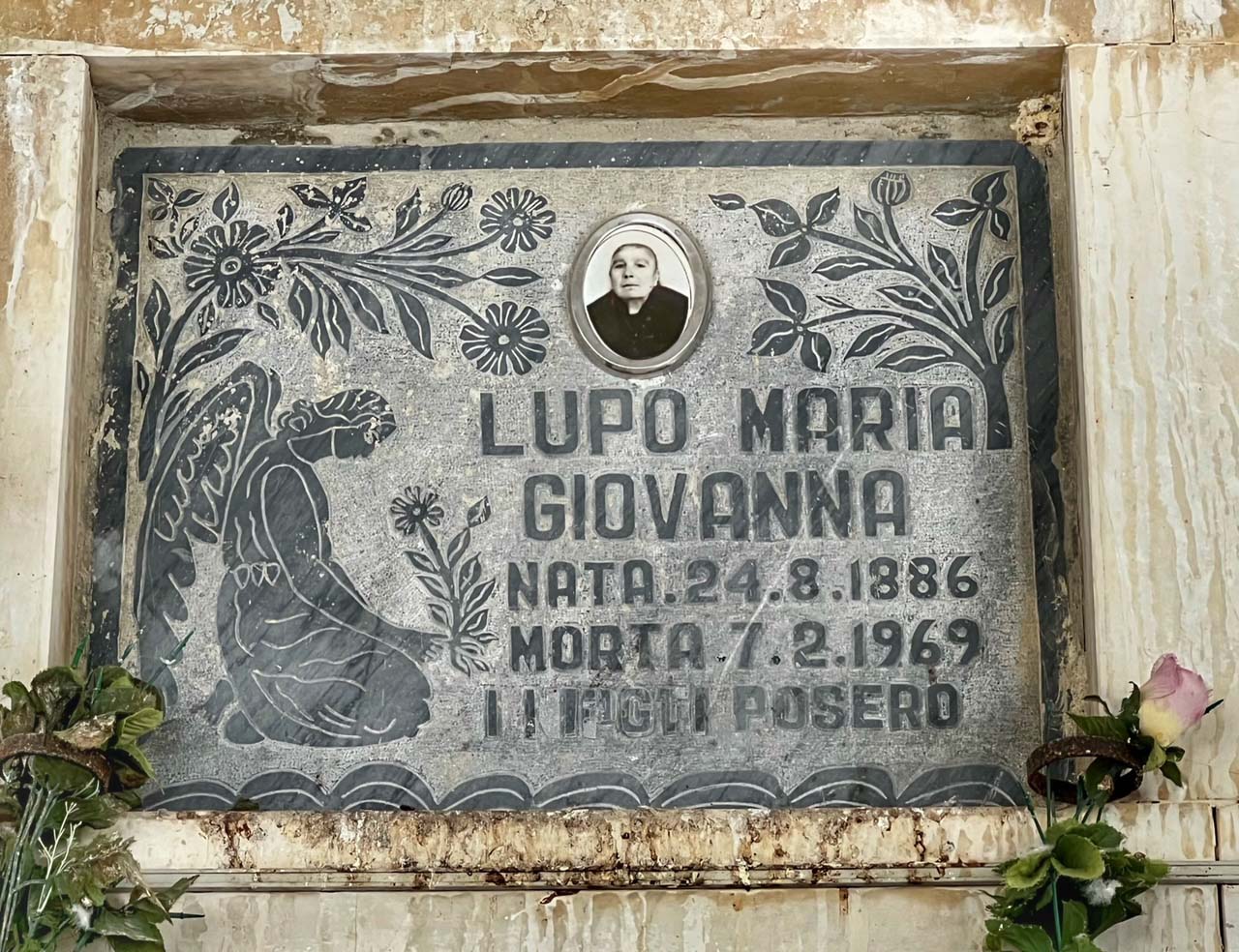 Riesi Cemetery. P Marlin 2022
Riesi Cemetery. P Marlin 2022
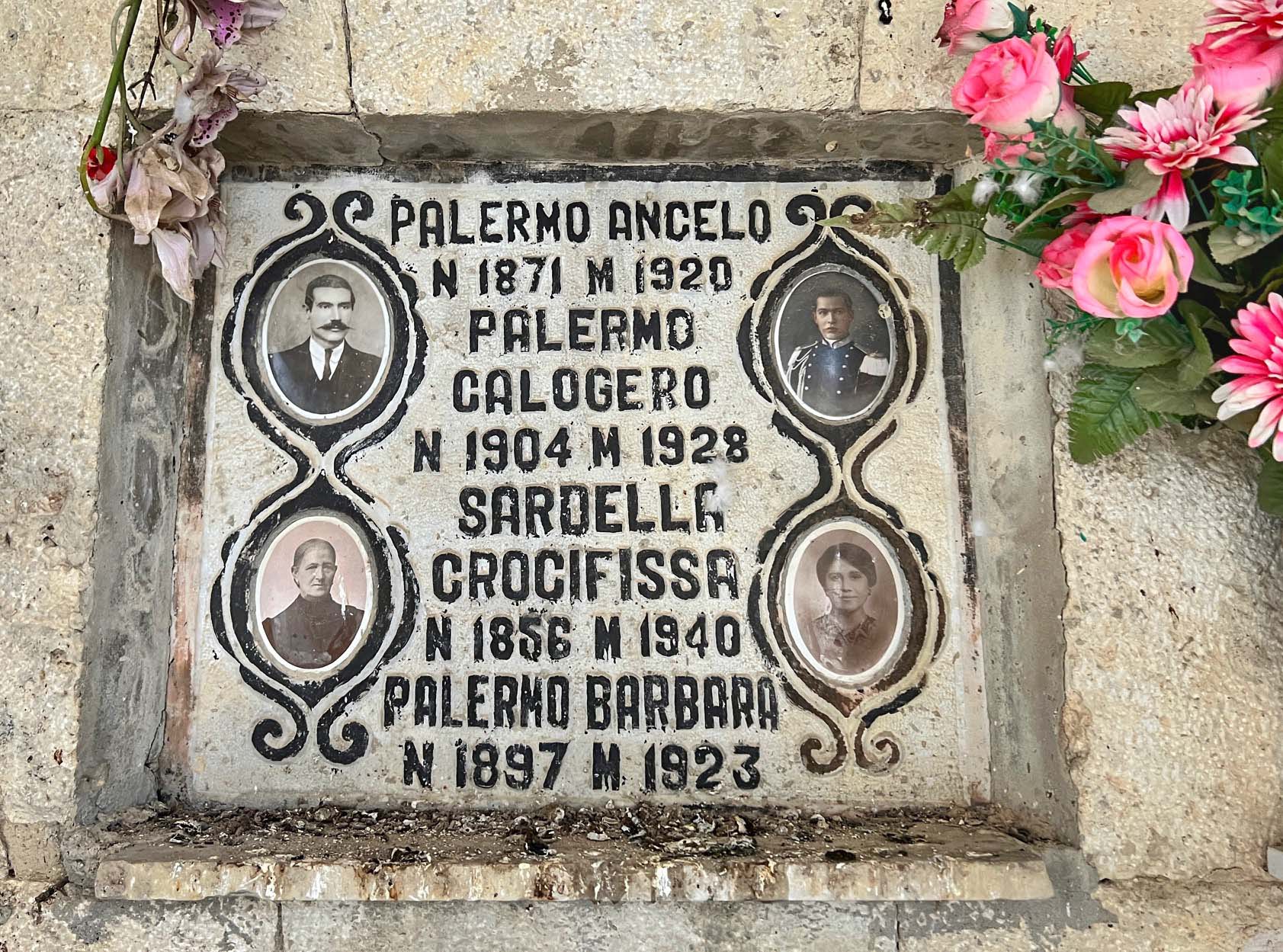 Riesi Cemetery. P Marlin 2022
Riesi Cemetery. P Marlin 2022
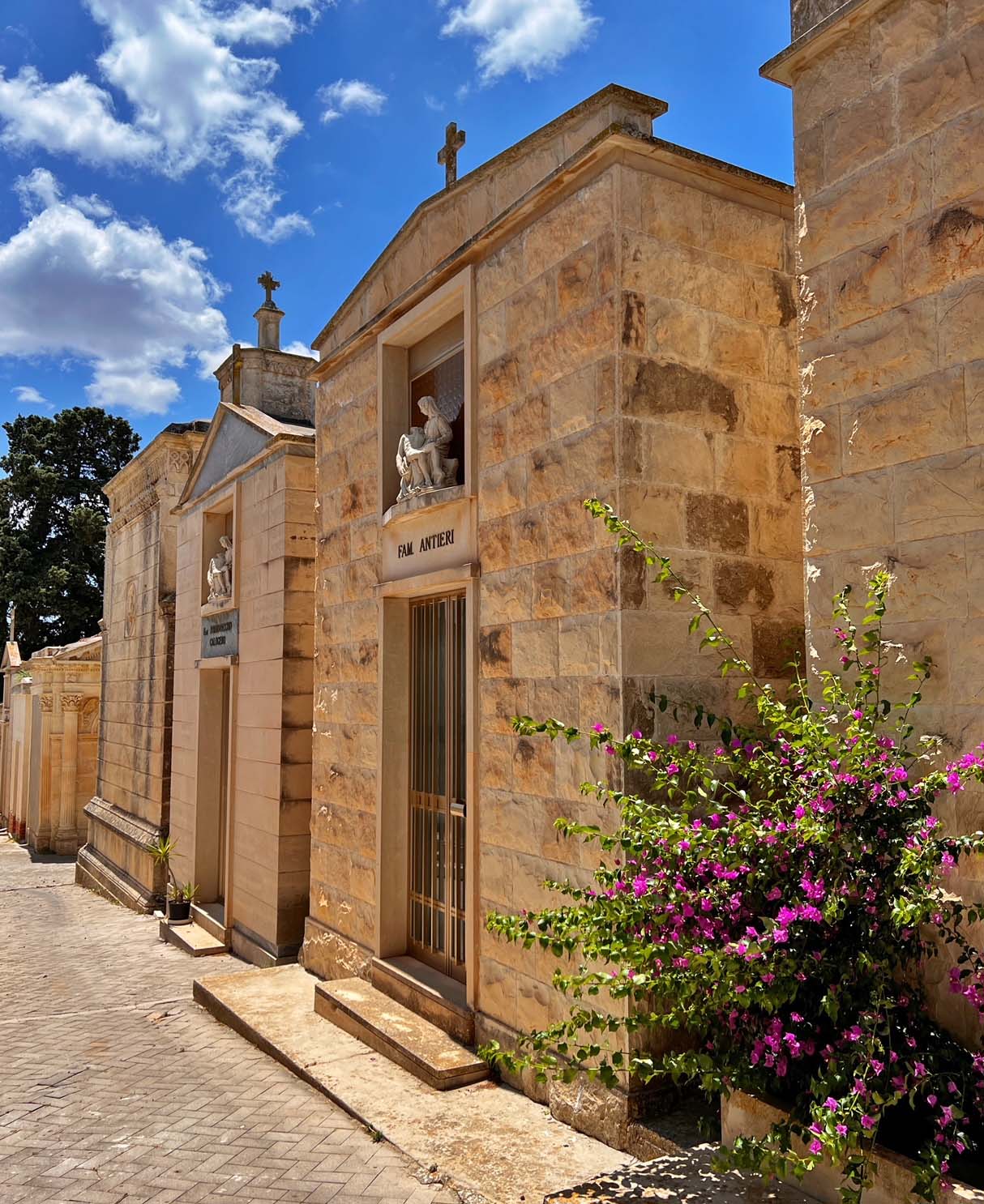 Riesi Cemetery mausoleums. P Marlin 2022
Riesi Cemetery mausoleums. P Marlin 2022
 An older Riesi Cemetery mausoleum. P Marlin 2022
An older Riesi Cemetery mausoleum. P Marlin 2022
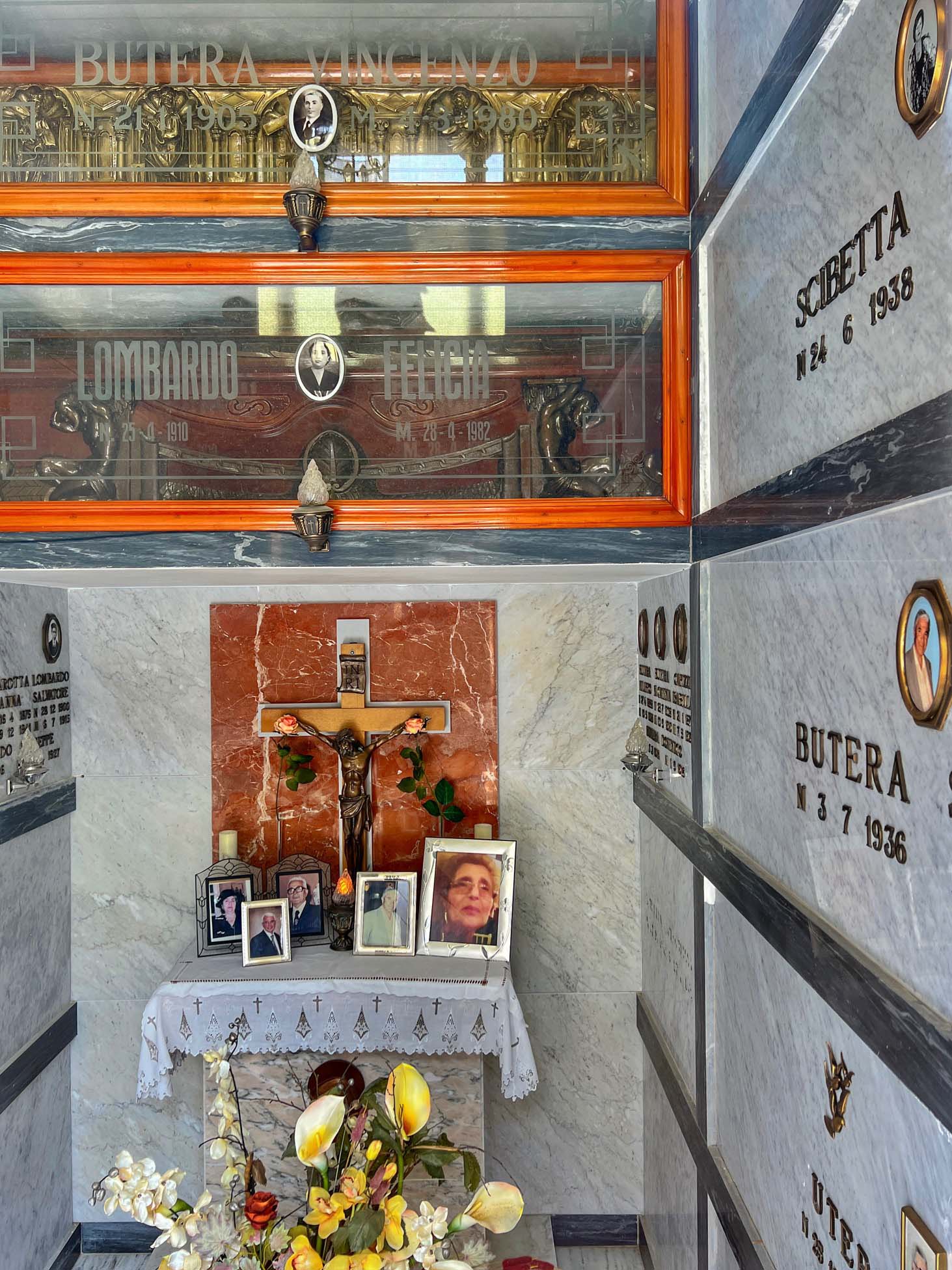 Riesi Cemetery mausoleum interior. P Marlin 2022
Riesi Cemetery mausoleum interior. P Marlin 2022
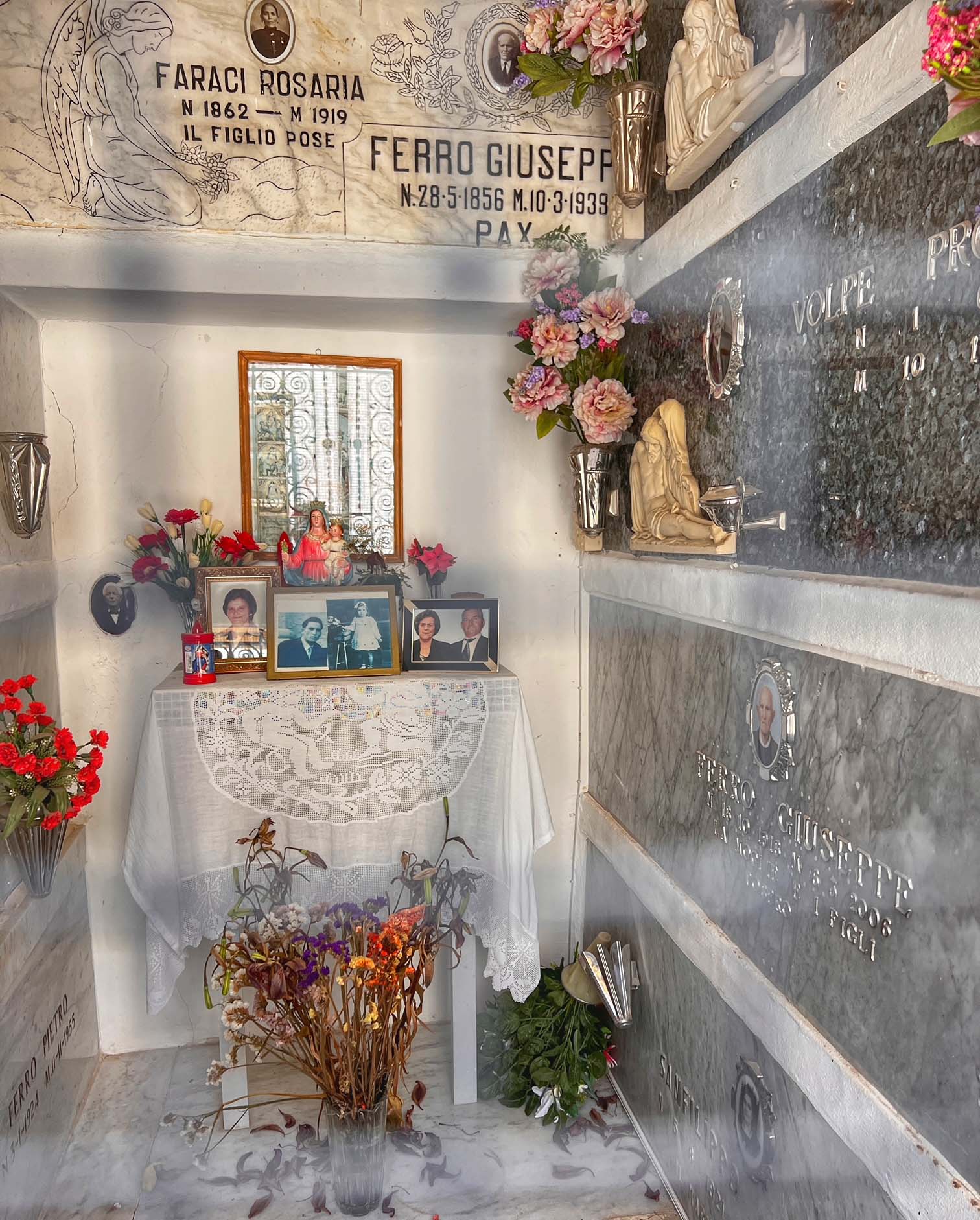 Riesi Cemetery mausoleum interior. P Marlin 2022
Riesi Cemetery mausoleum interior. P Marlin 2022
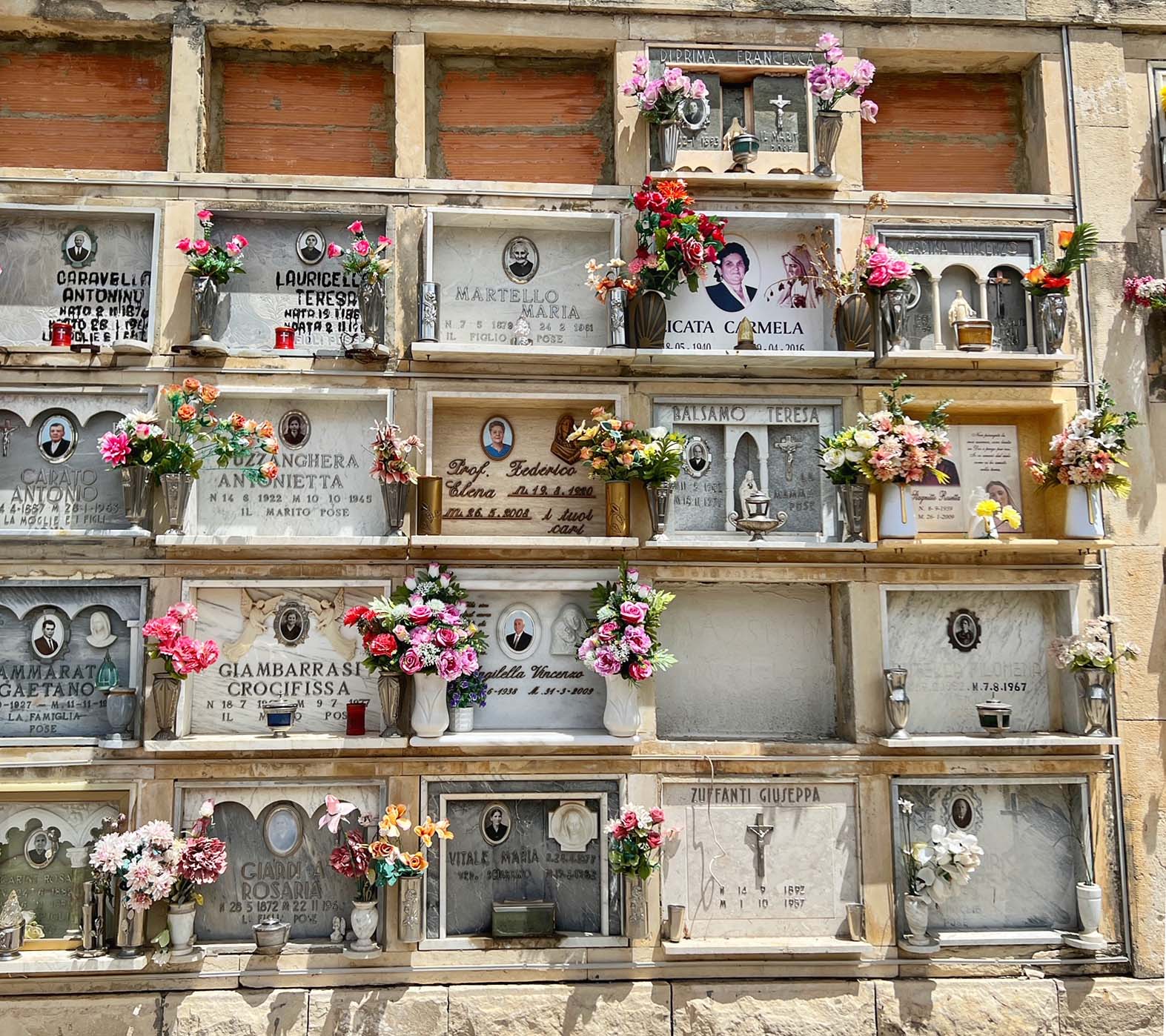 Riesi Cemetery. P Marlin 2022
Riesi Cemetery. P Marlin 2022
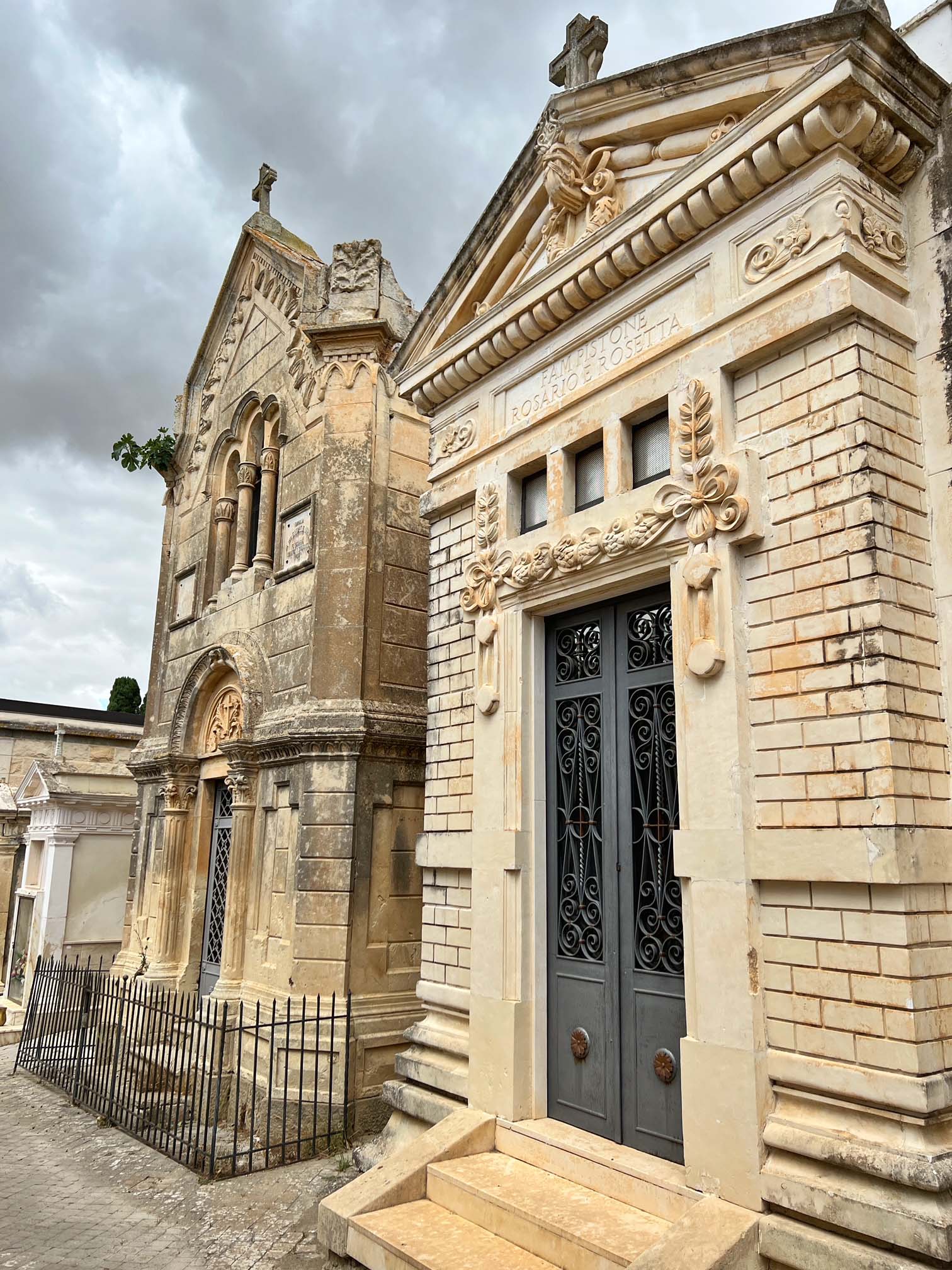 Riesi Cemetery mausoleums. P Marlin 2022
Riesi Cemetery mausoleums. P Marlin 2022
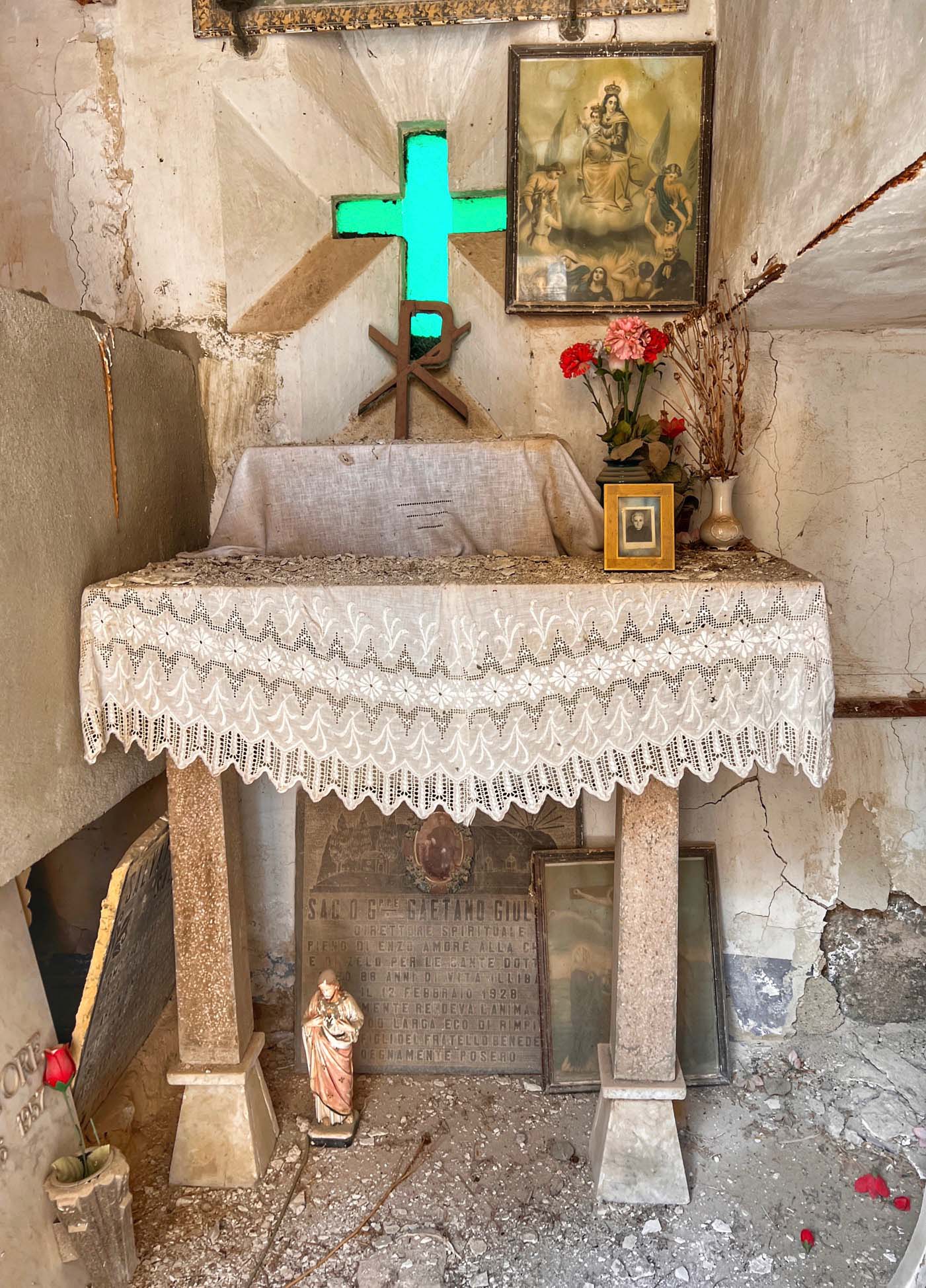 Interior of an older Riesi Cemetery mausoleum. P Marlin 2022
Interior of an older Riesi Cemetery mausoleum. P Marlin 2022
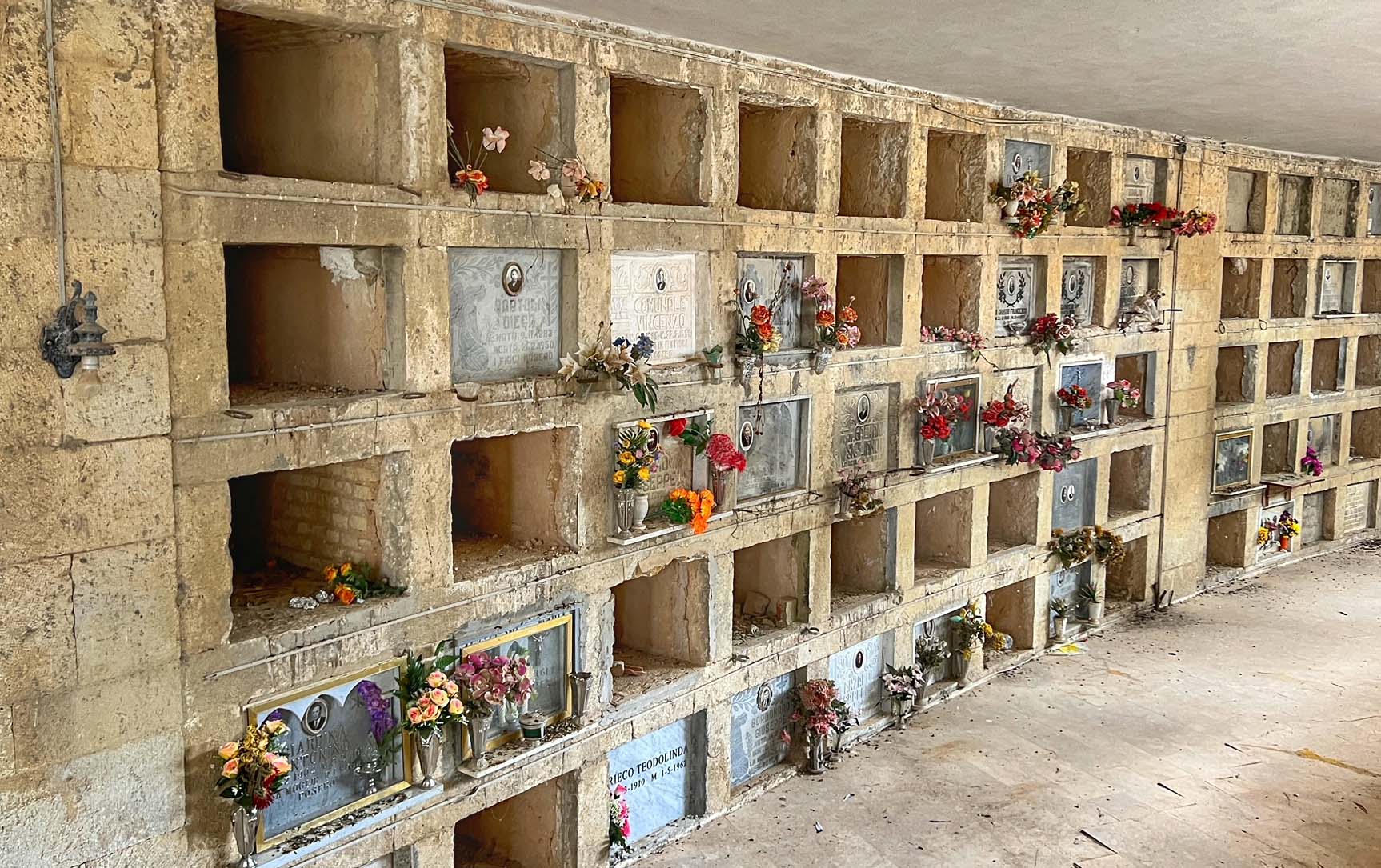 Riesi Cemetery. P Marlin 2022
Riesi Cemetery. P Marlin 2022
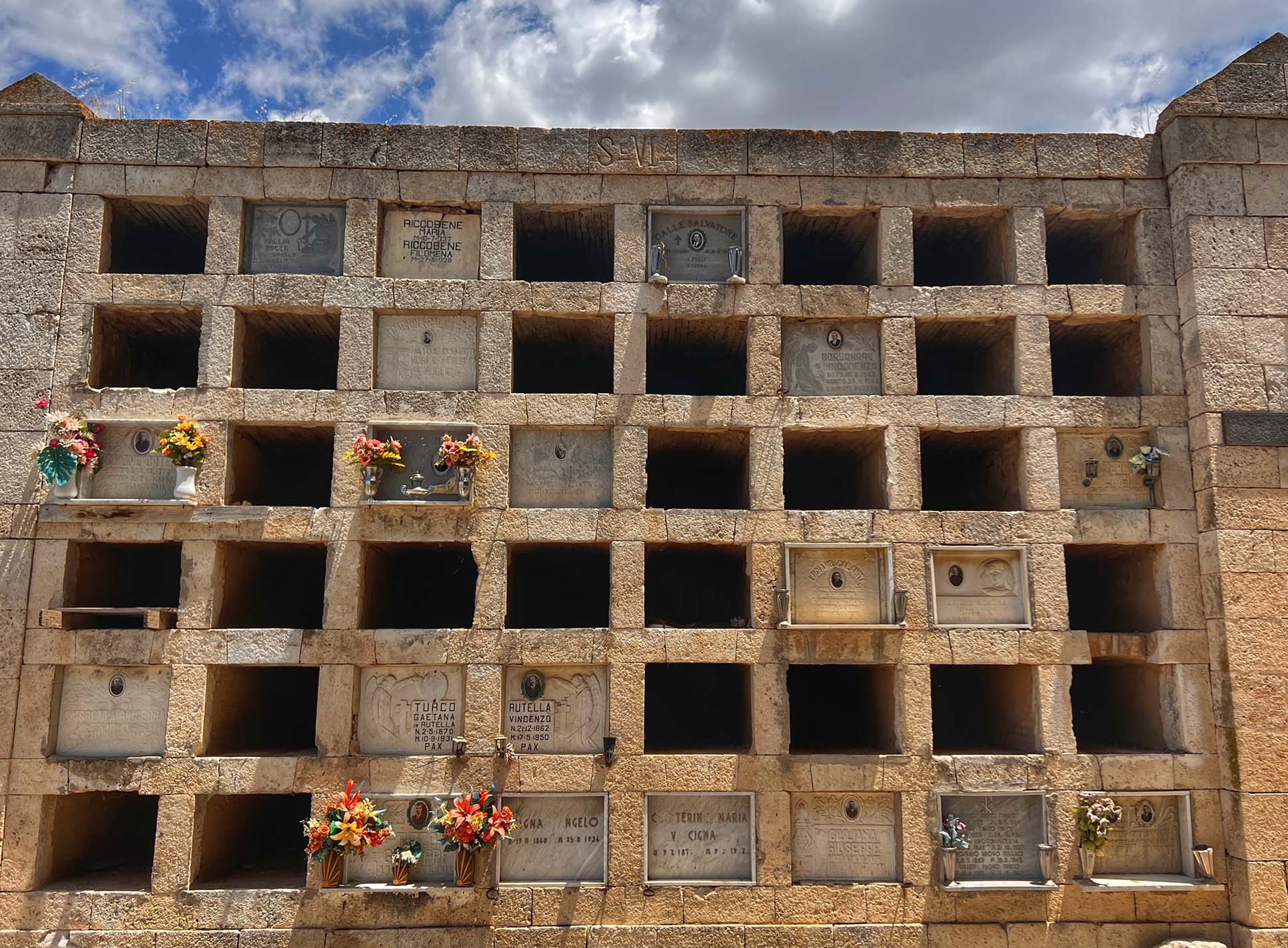 Riesi Cemetery. P Marlin 2022
Riesi Cemetery. P Marlin 2022
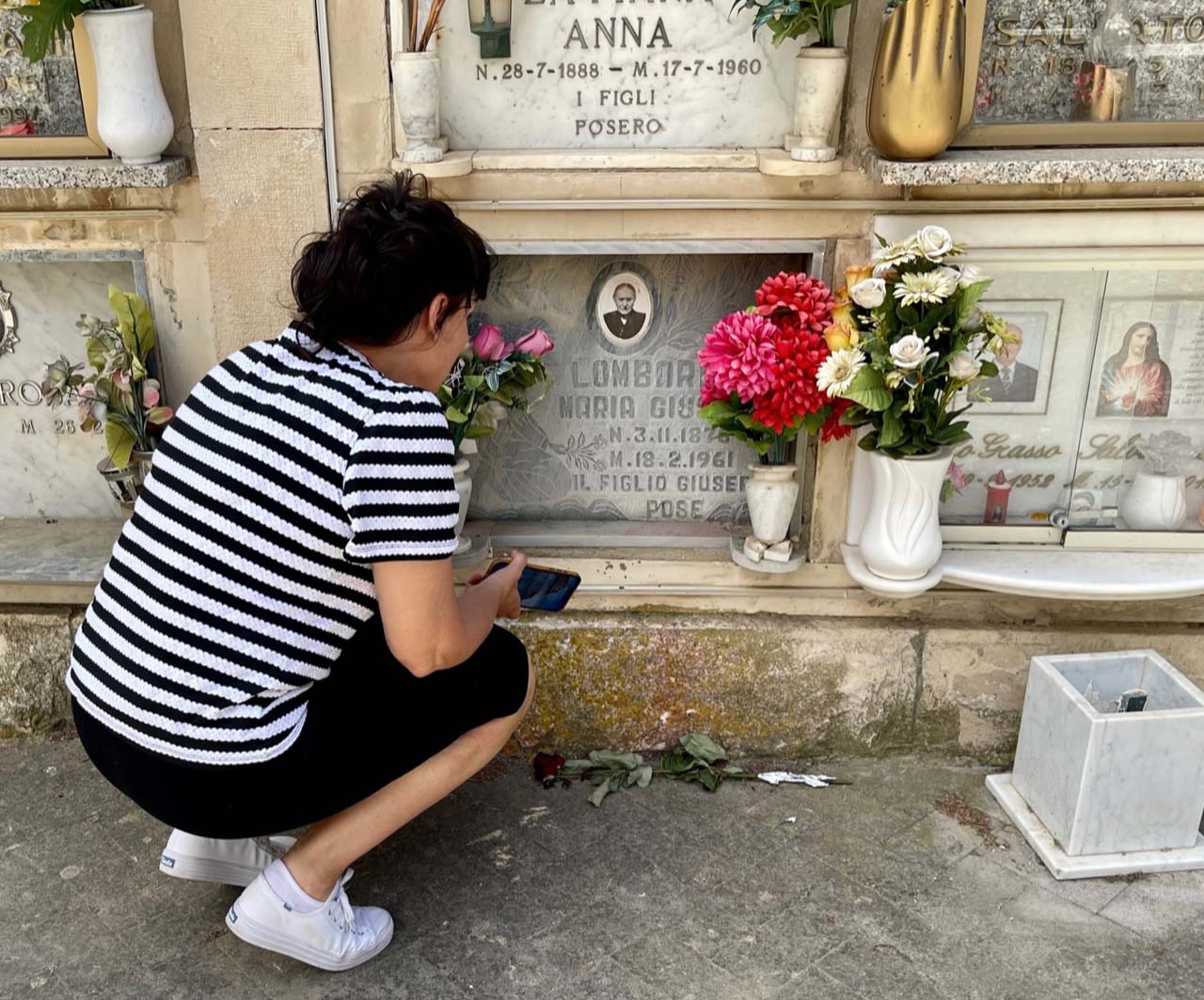 Finding one of the ancestors. P Marlin 2022
Finding one of the ancestors. P Marlin 2022
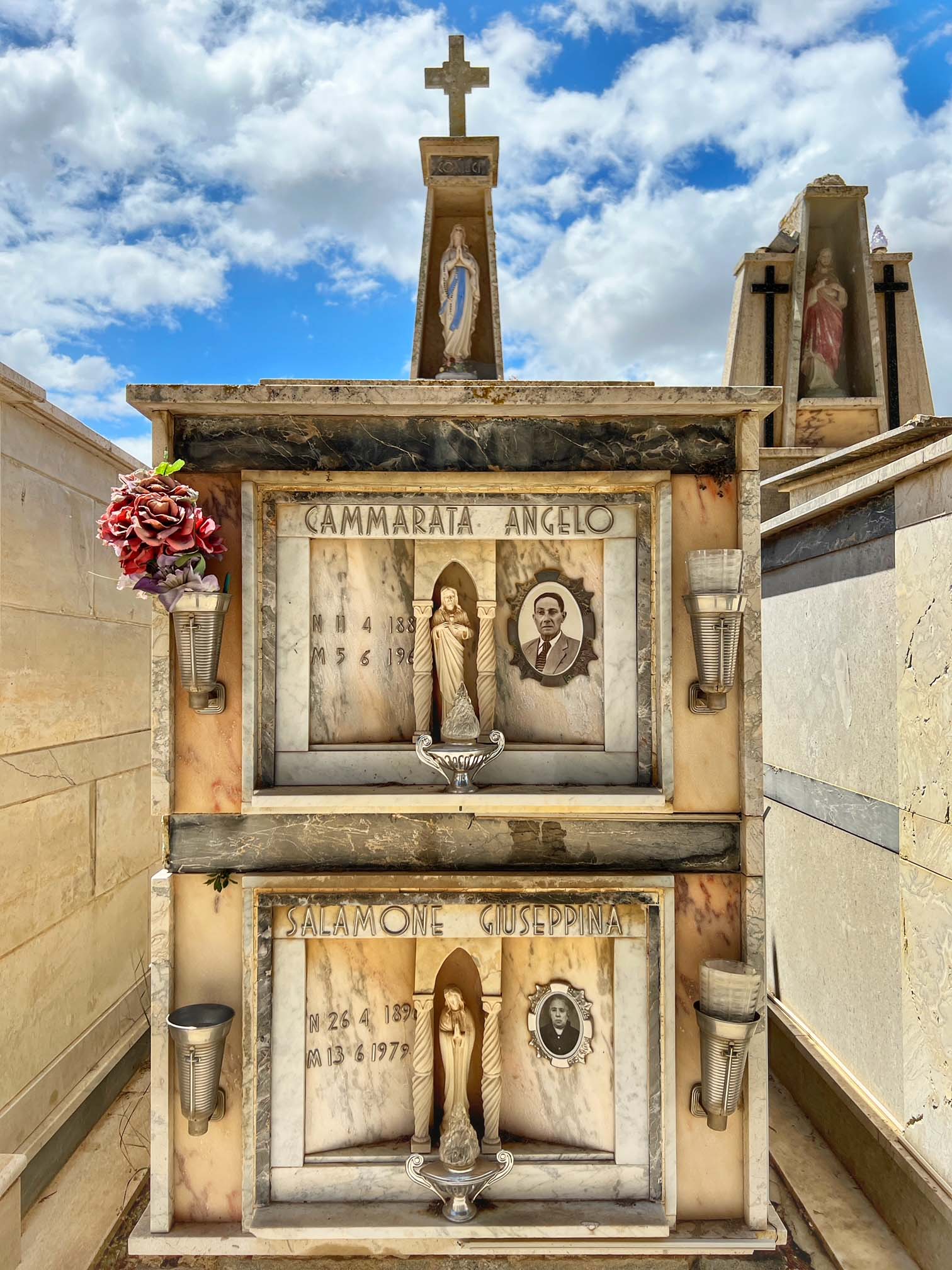 Riesi Cemetery. P Marlin 2022
Riesi Cemetery. P Marlin 2022
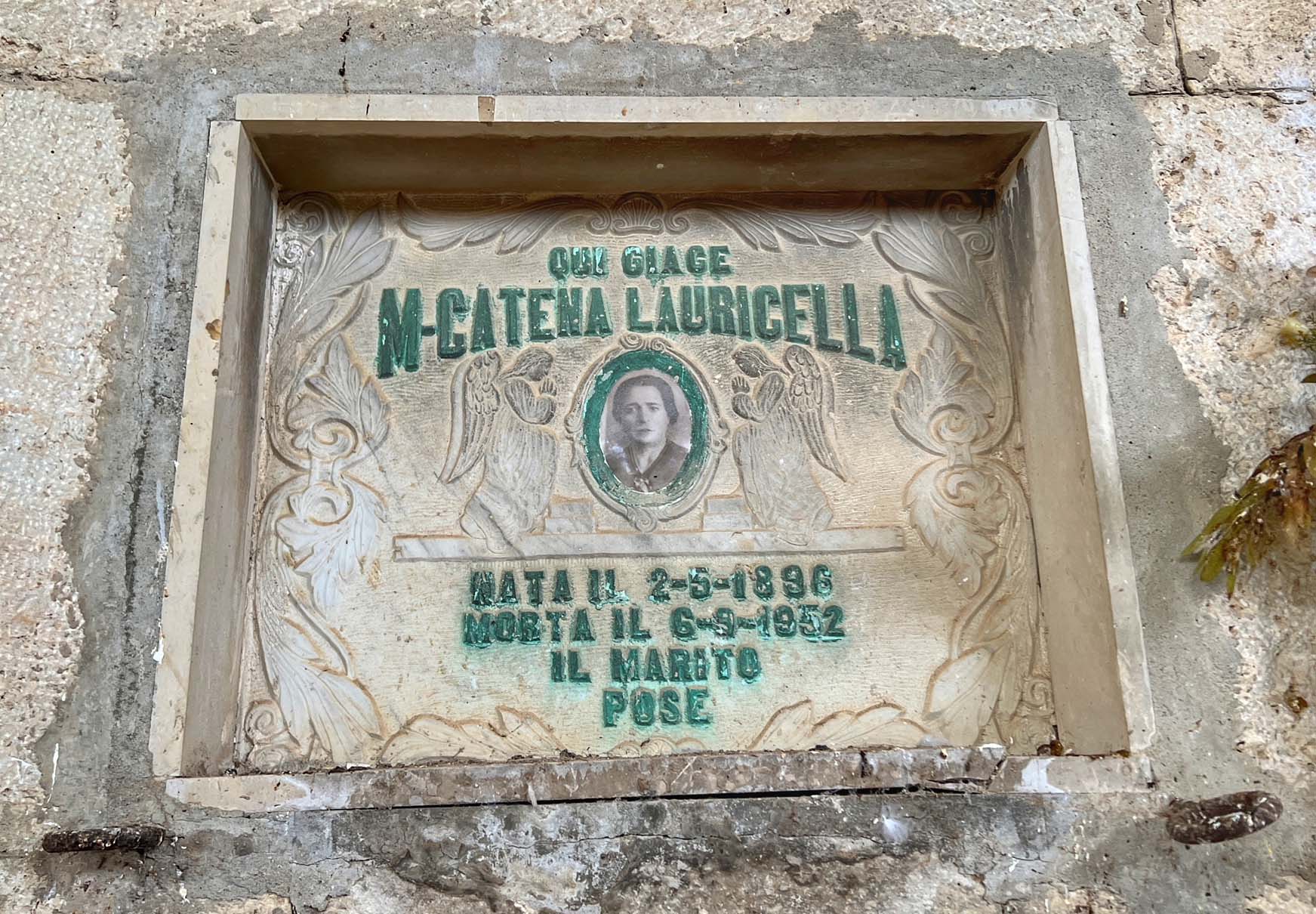 Riesi Cemetery. P Marlin 2022
Riesi Cemetery. P Marlin 2022
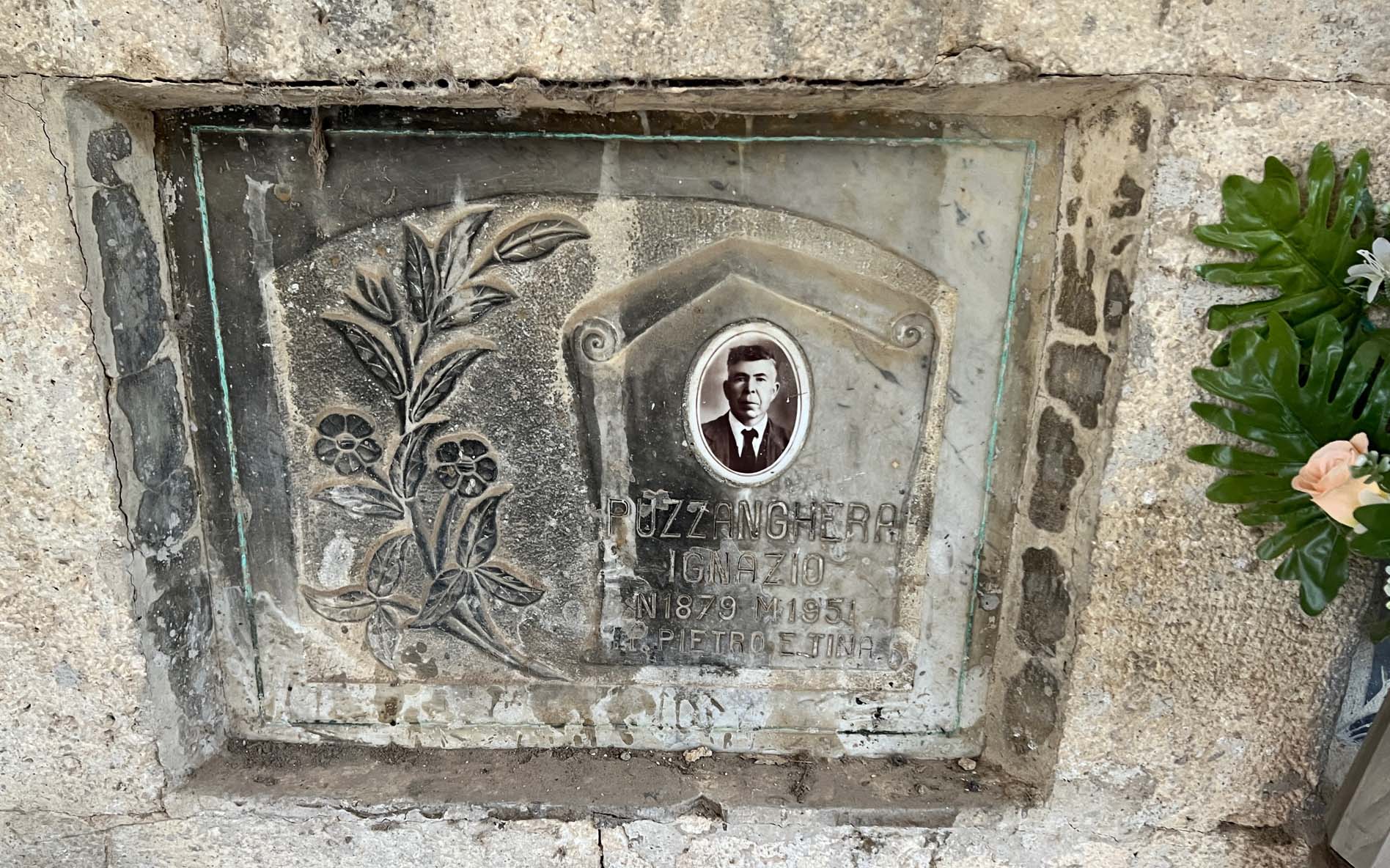 Riesi Cemetery. P Marlin 2022
Riesi Cemetery. P Marlin 2022
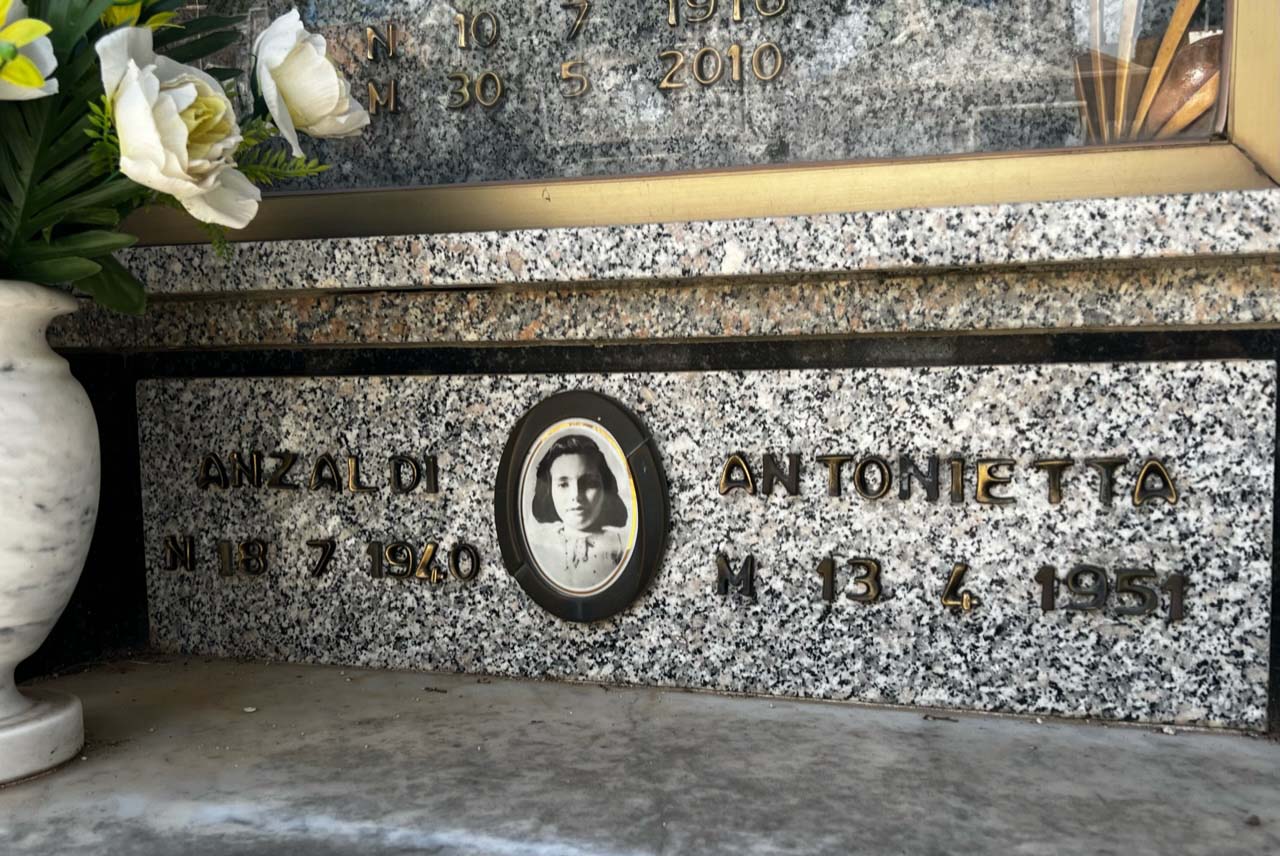 Riesi Cemetery. P Marlin 2022
Riesi Cemetery. P Marlin 2022
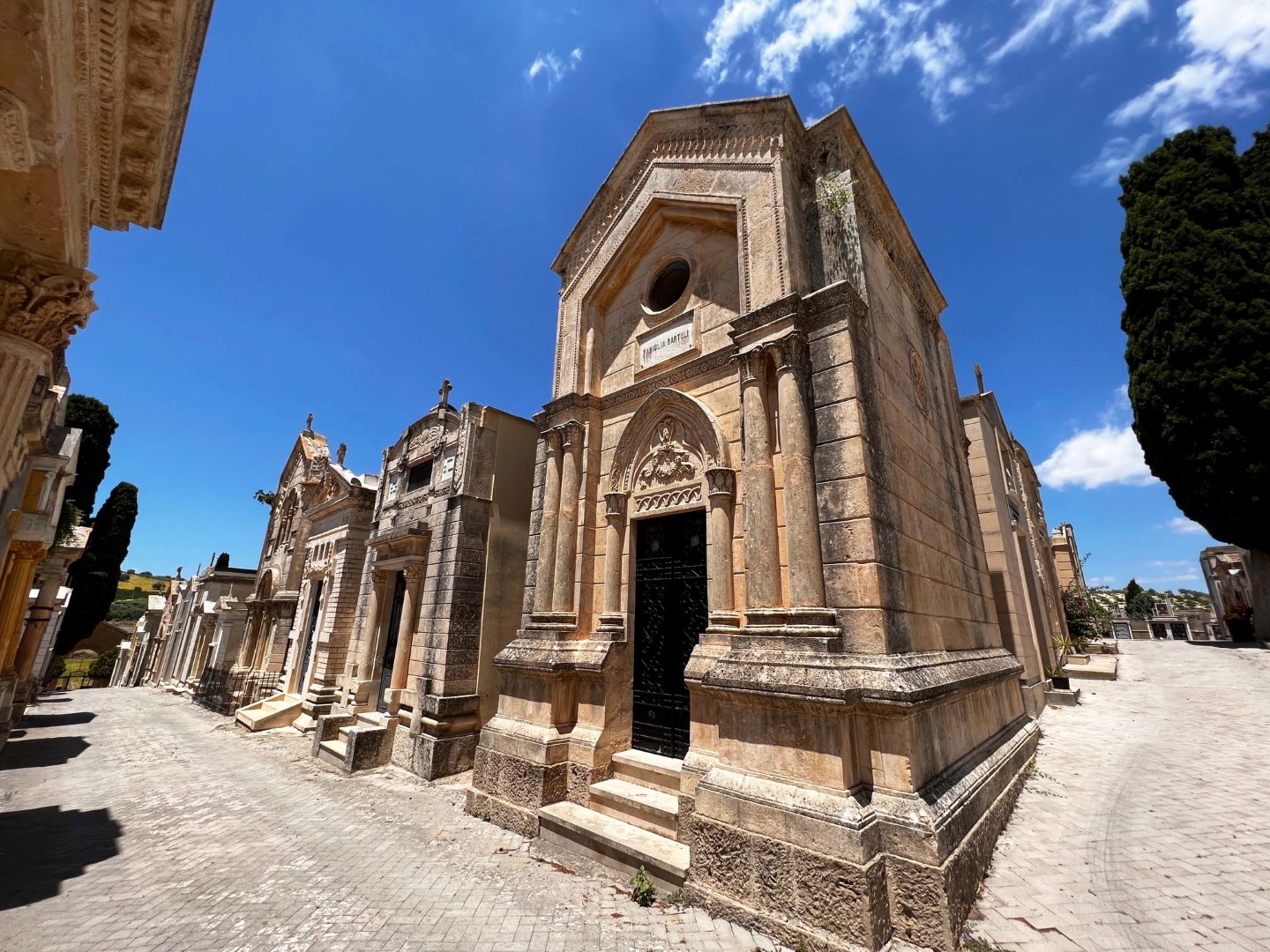 Riesi Cemetery. P Marlin 2022
Riesi Cemetery. P Marlin 2022
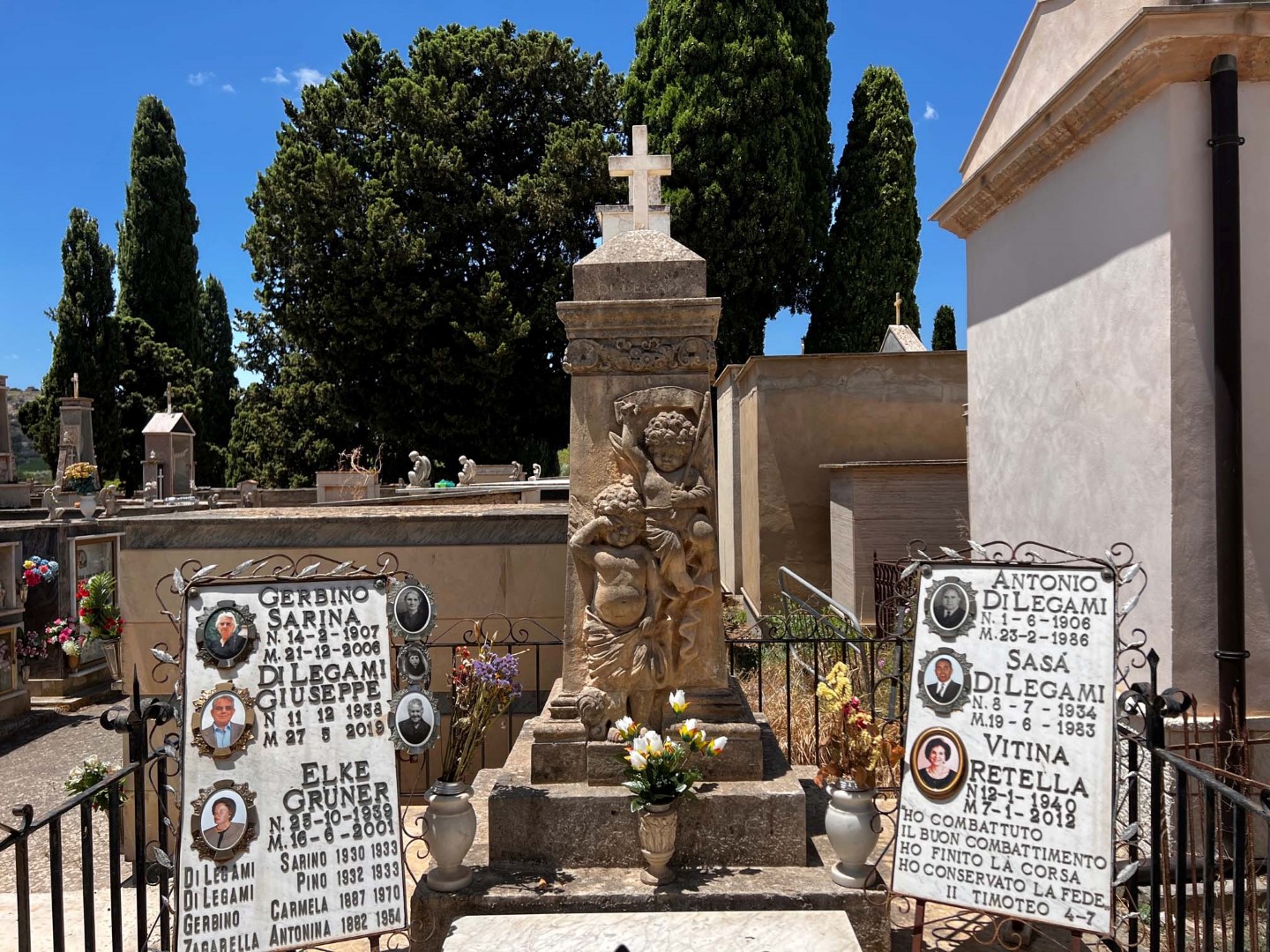 Riesi Cemetery. P Marlin 2022
Riesi Cemetery. P Marlin 2022
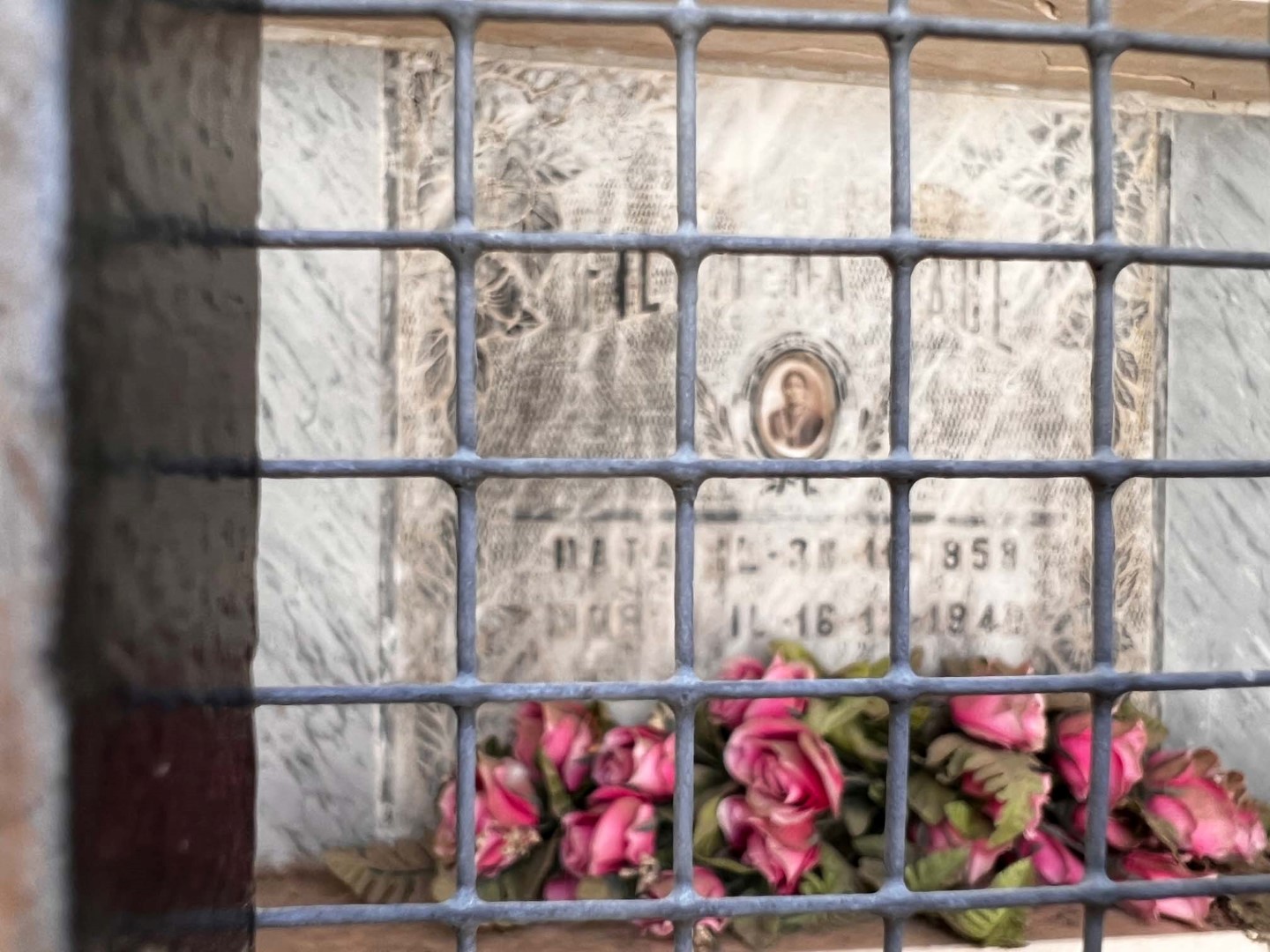 Riesi Cemetery. P Marlin 2022
Riesi Cemetery. P Marlin 2022
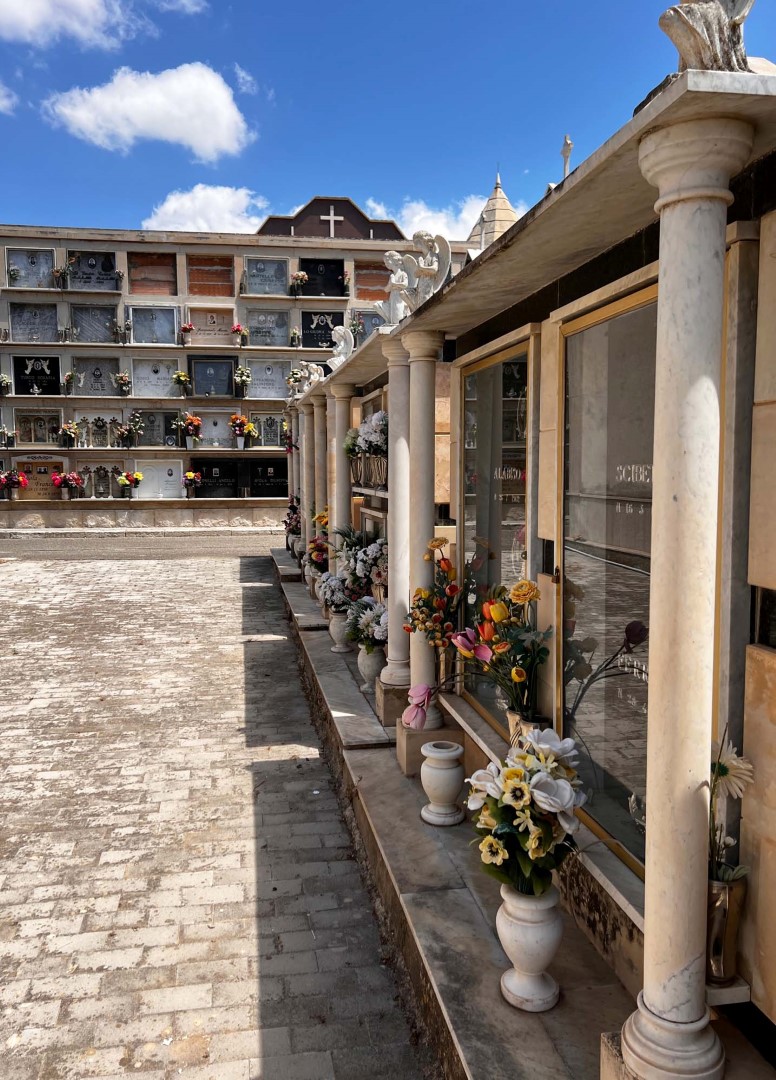 Riesi Cemetery. P Marlin 2022
Riesi Cemetery. P Marlin 2022
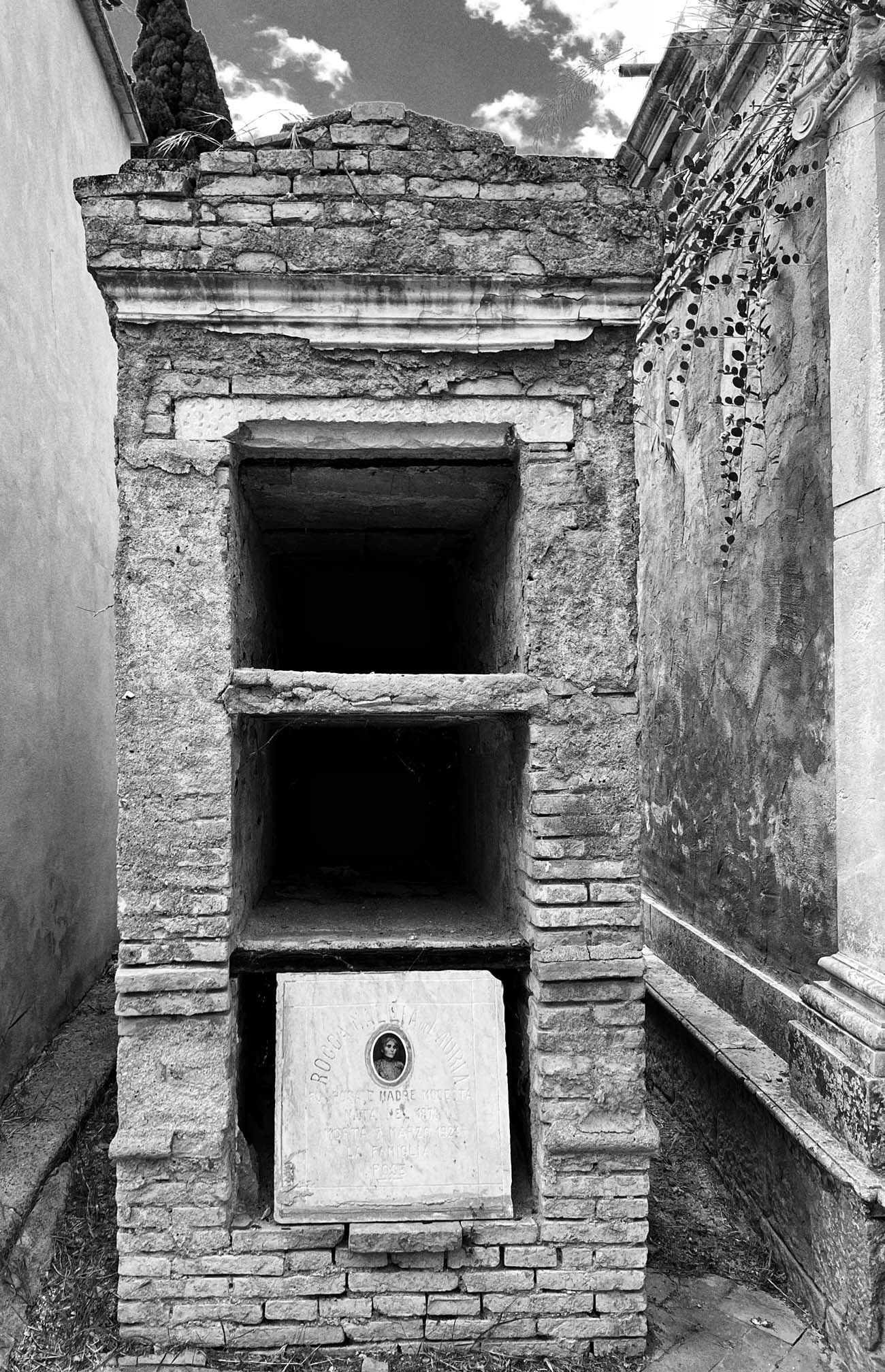 Riesi Cemetery. P Marlin 2022
Riesi Cemetery. P Marlin 2022
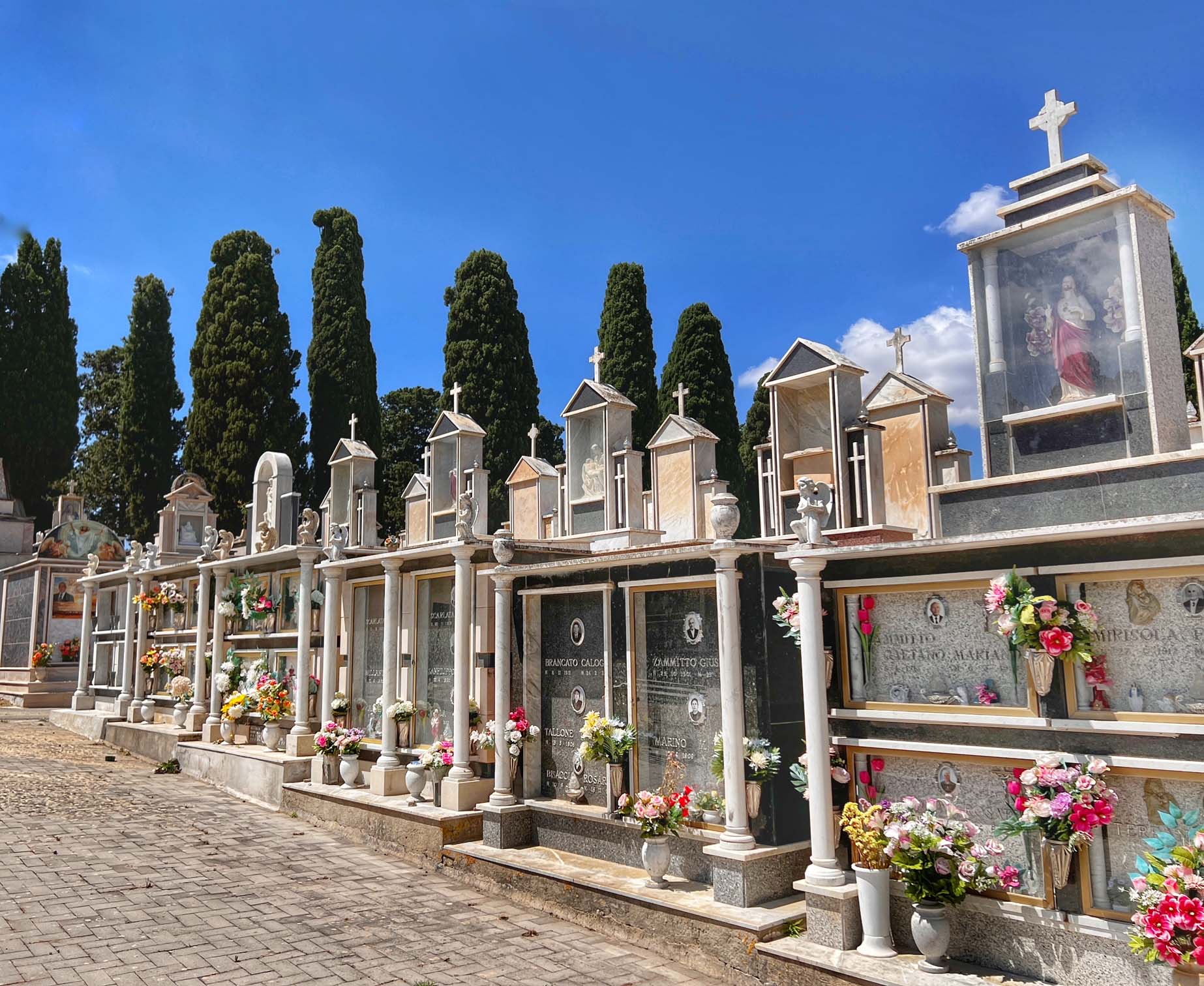 Riesi Cemetery. P Marlin 2022
Riesi Cemetery. P Marlin 2022
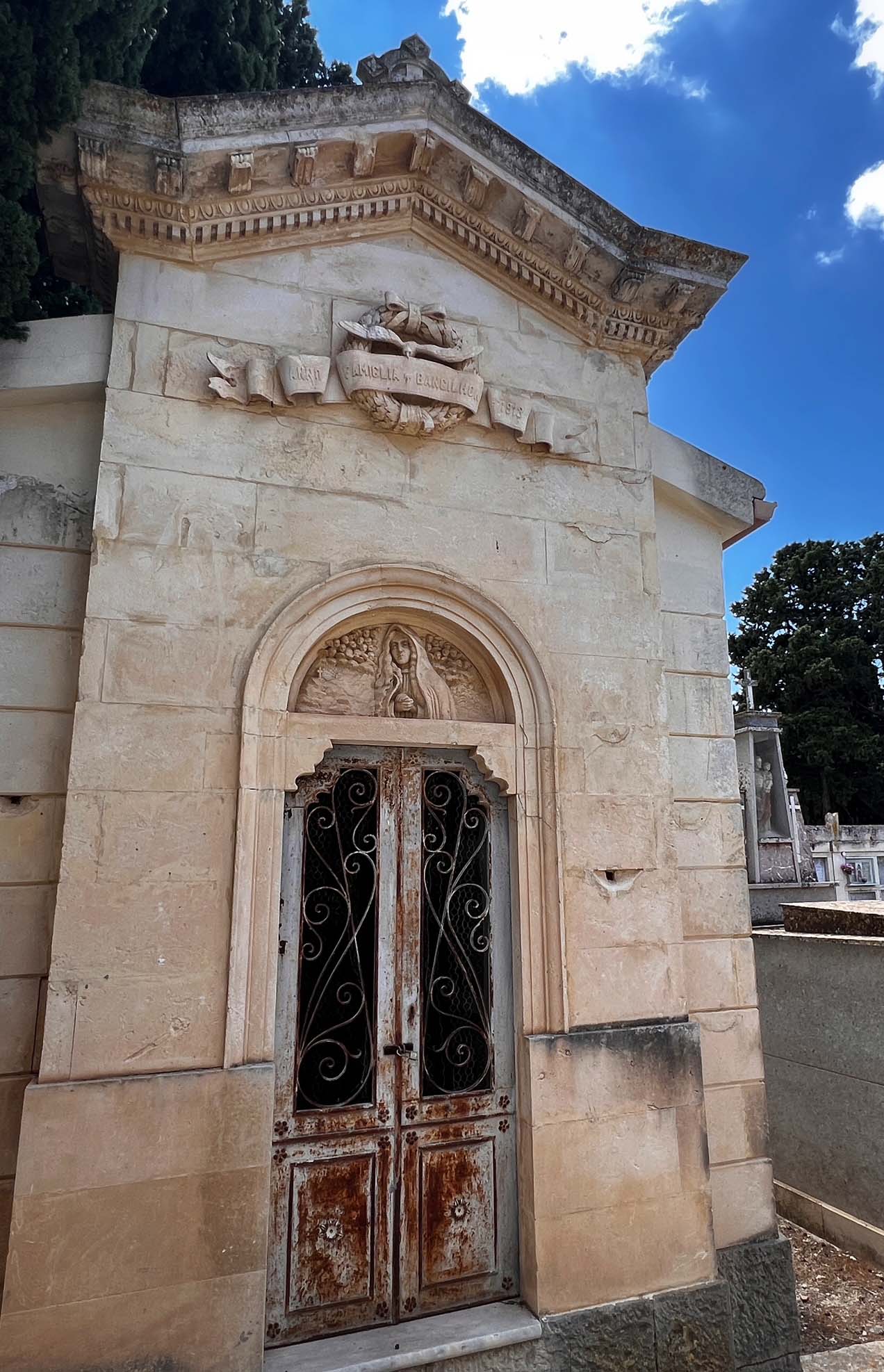 Riesi Cemetery. P Marlin 2022
Riesi Cemetery. P Marlin 2022
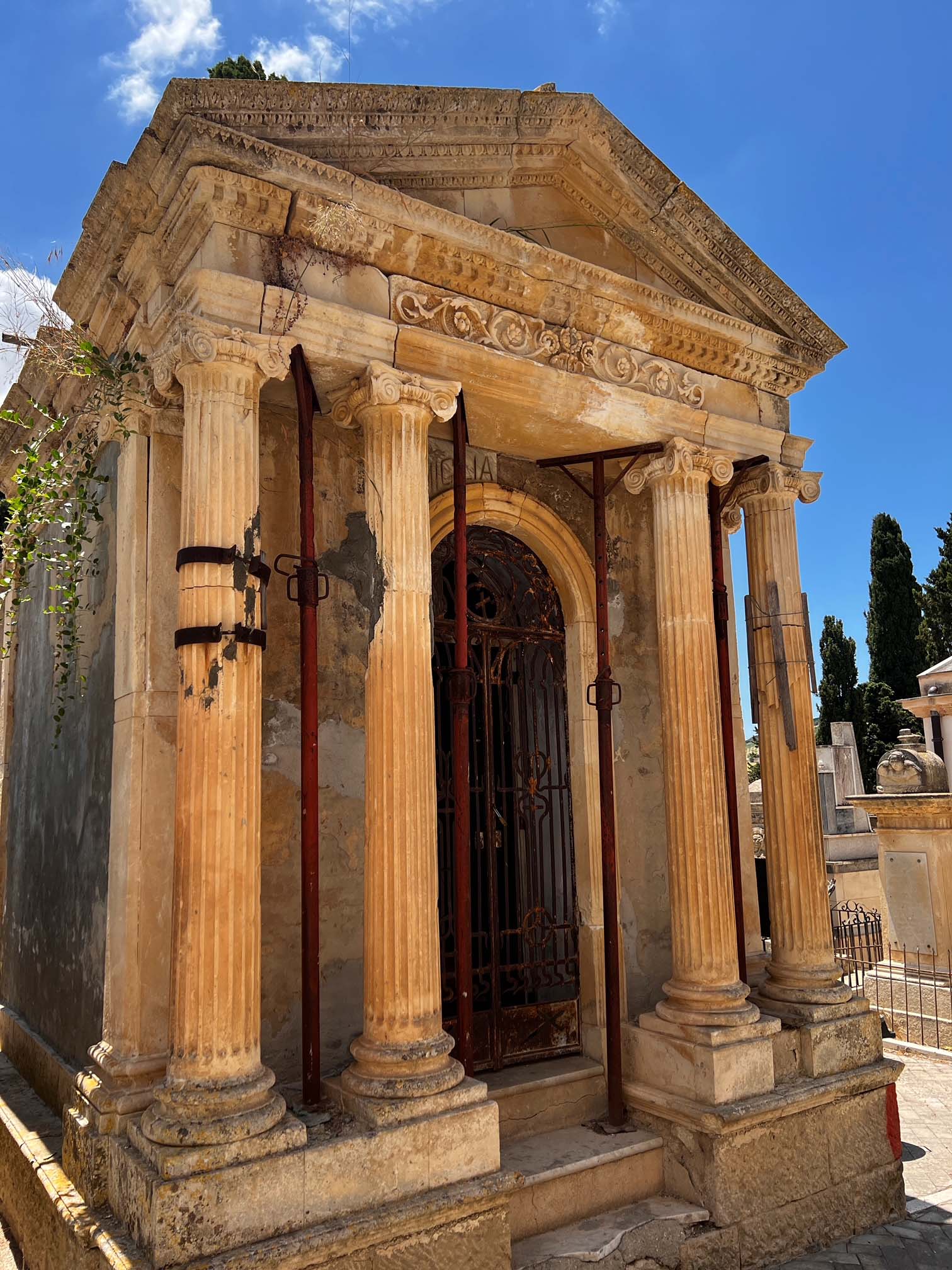 Riesi Cemetery. P Marlin 2022
Riesi Cemetery. P Marlin 2022
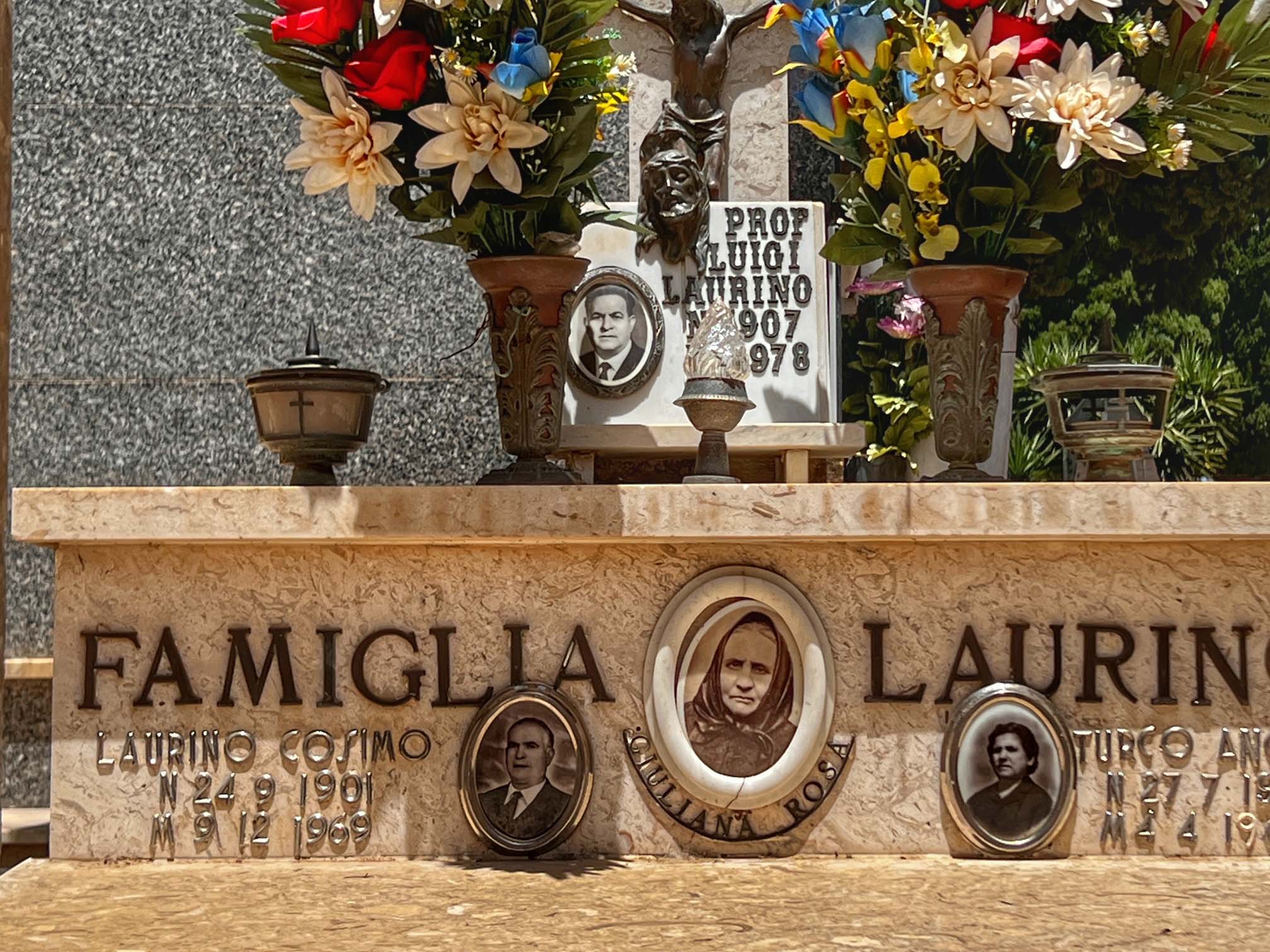 Riesi Cemetery. P Marlin 2022
Riesi Cemetery. P Marlin 2022
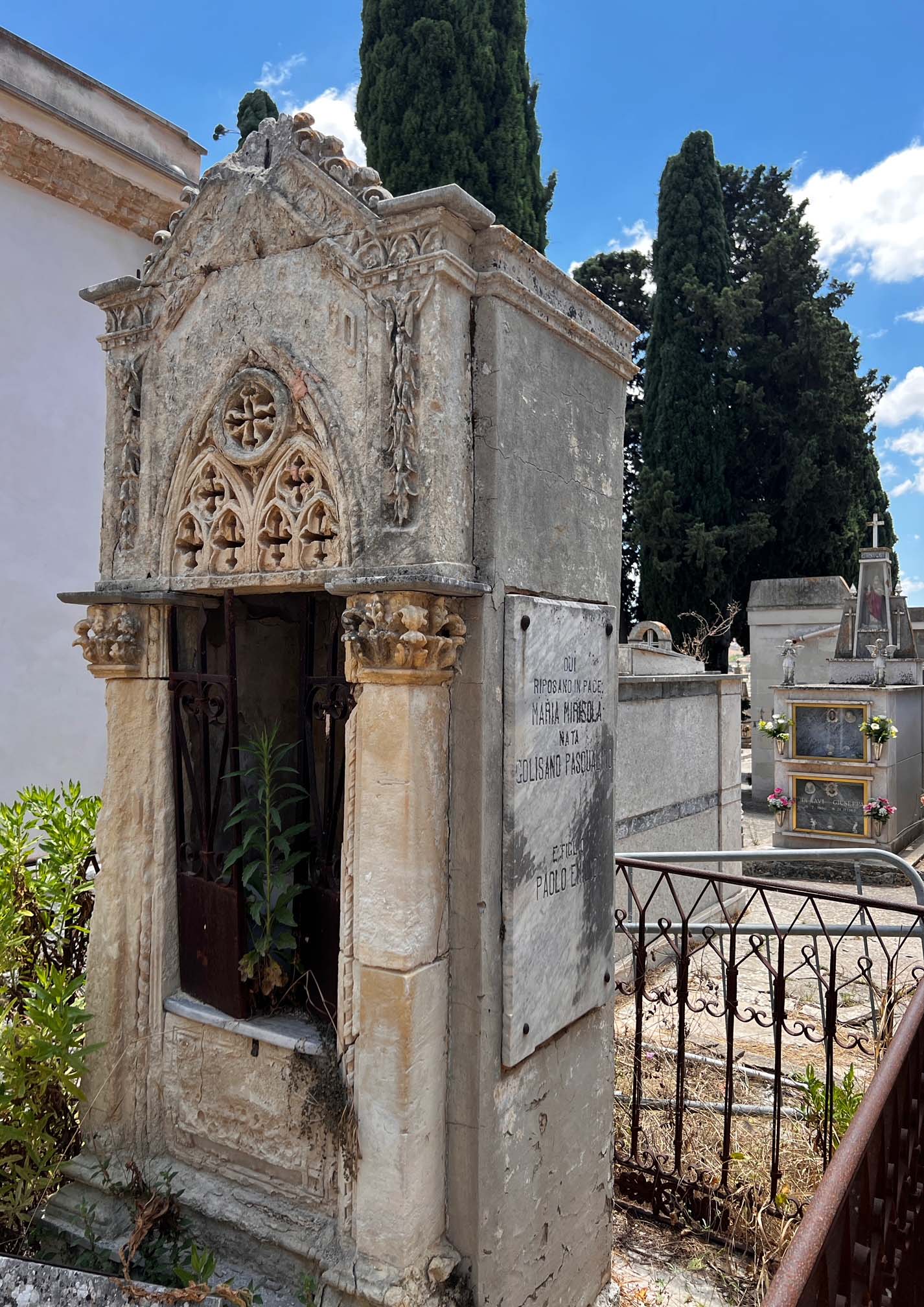 Riesi Cemetery. P Marlin 2022
Riesi Cemetery. P Marlin 2022
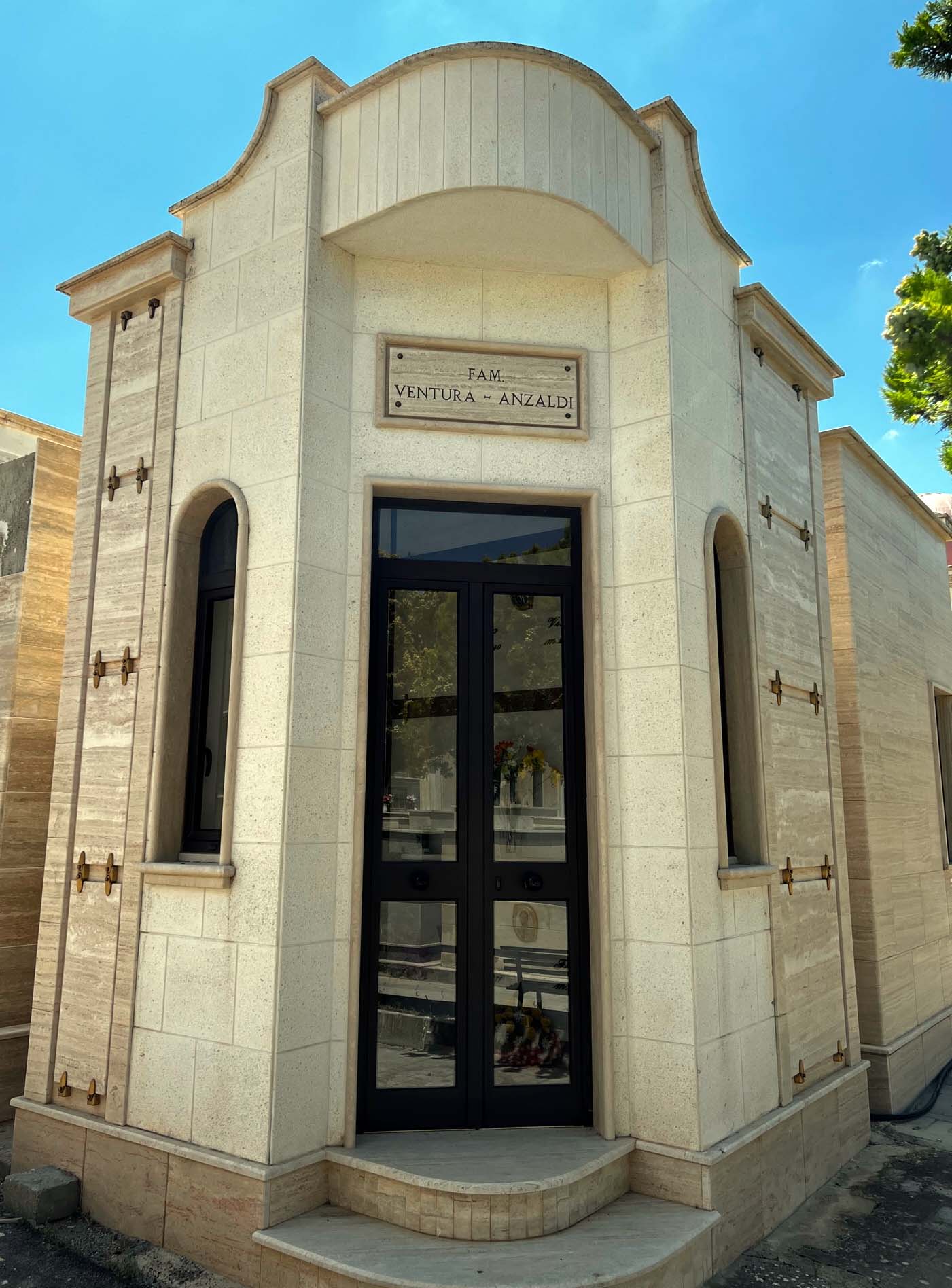 Riesi Cemetery. D Marlin 2022
Riesi Cemetery. D Marlin 2022
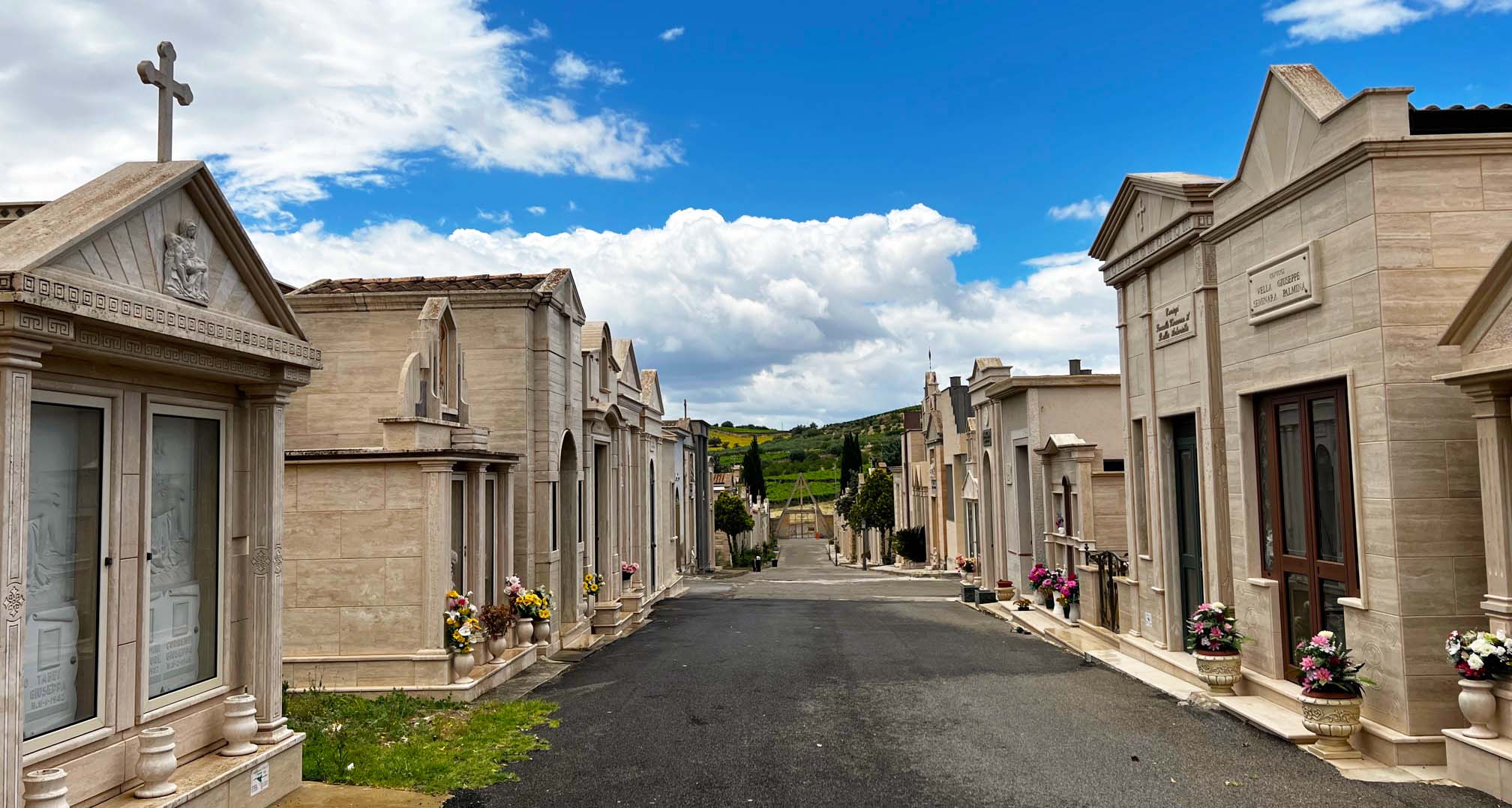 Riesi Cemetery. D Marlin 2022
Riesi Cemetery. D Marlin 2022
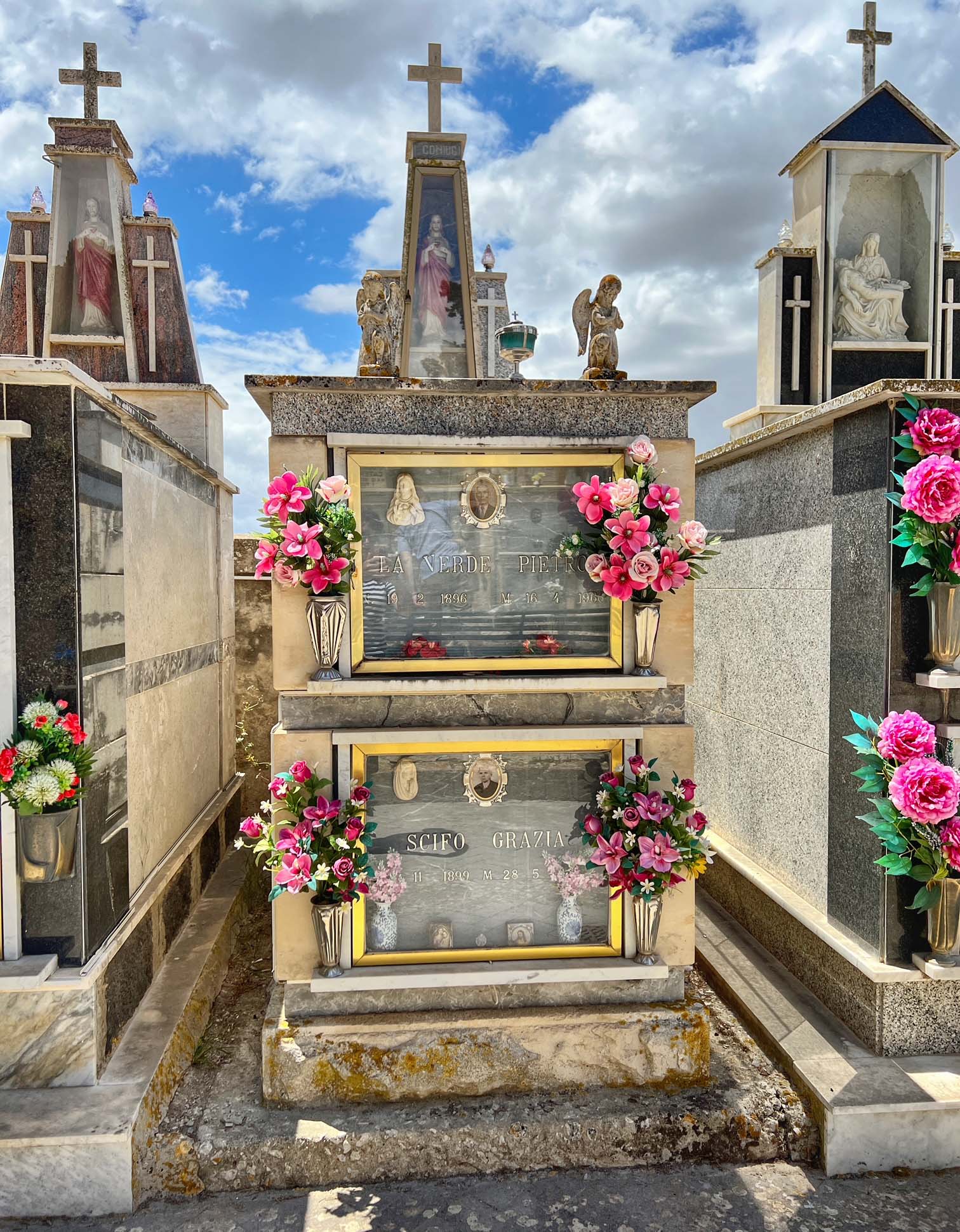 Riesi Cemetery. P Marlin 2022
Riesi Cemetery. P Marlin 2022
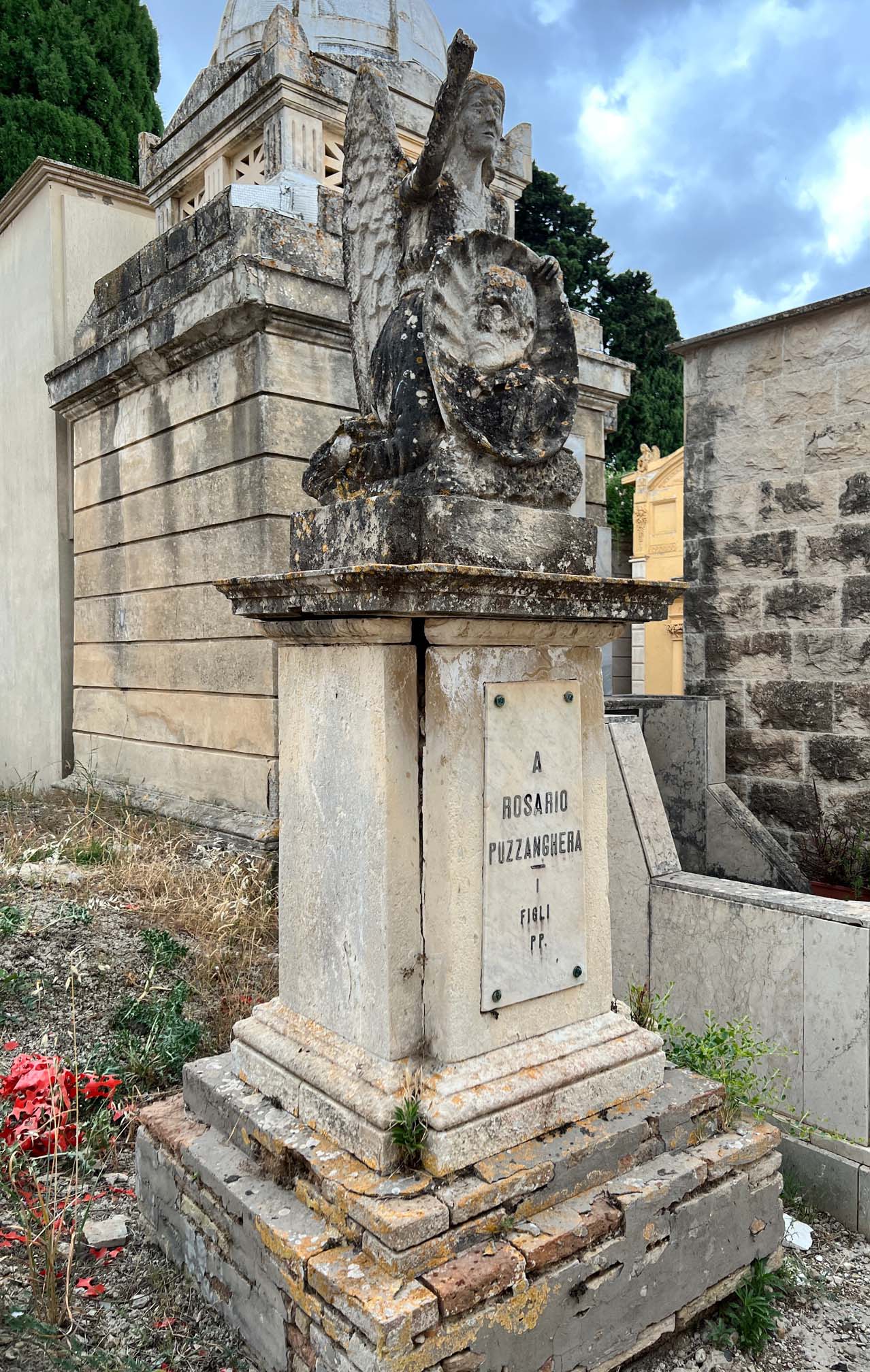 Riesi Cemetery. P Marlin 2022
Riesi Cemetery. P Marlin 2022
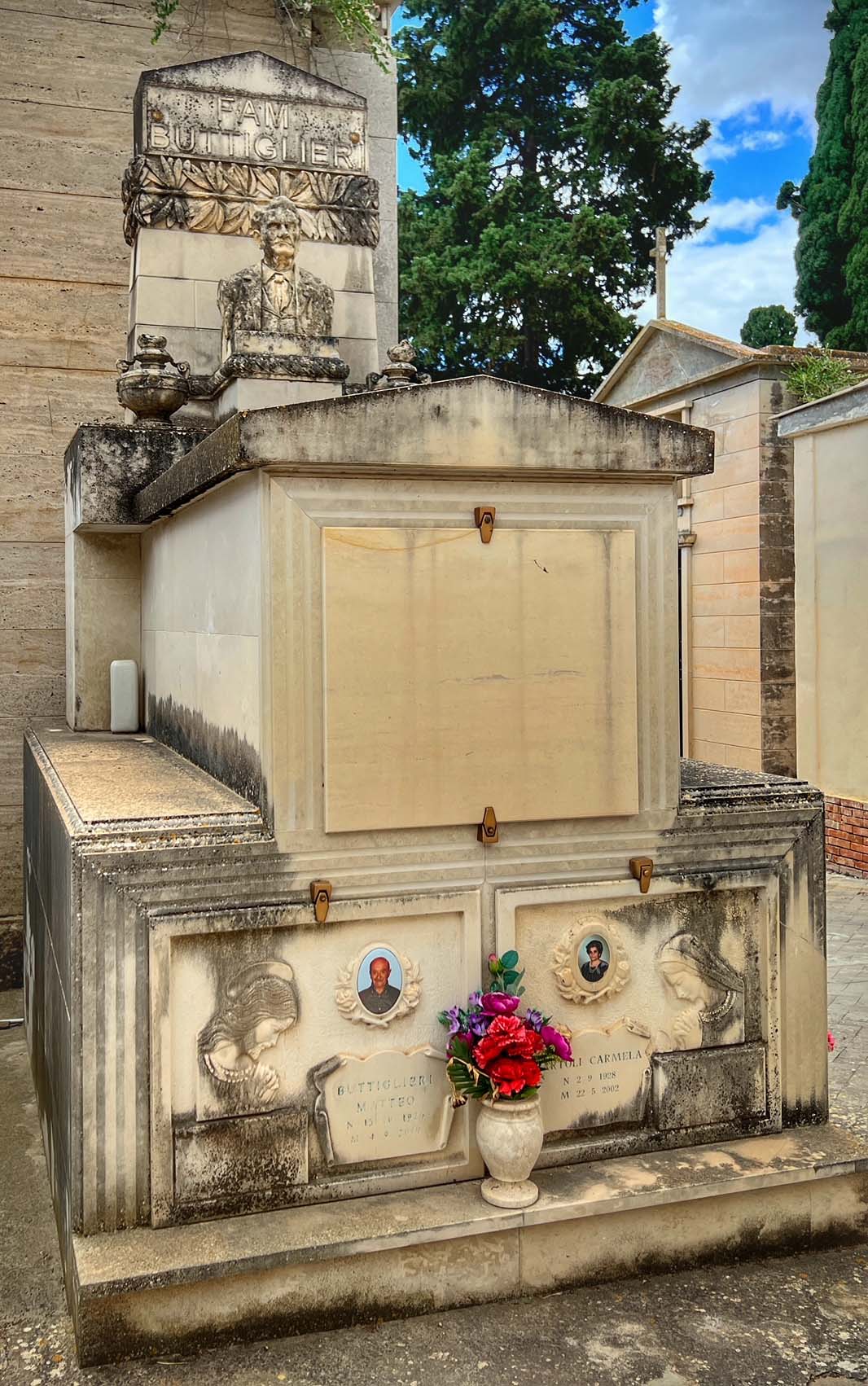 Riesi Cemetery. P Marlin 2022
Riesi Cemetery. P Marlin 2022
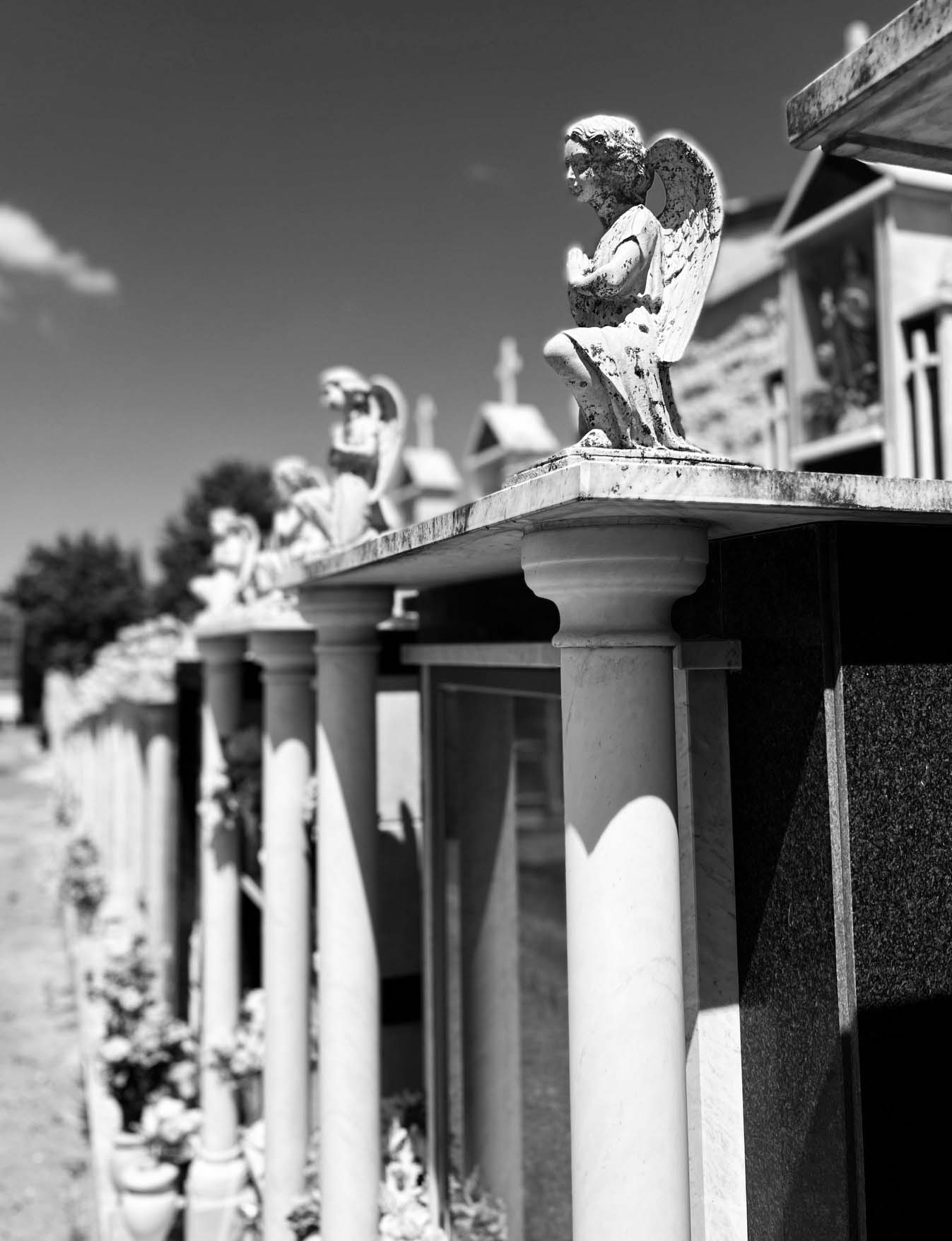 Riesi Cemetery. P Marlin 2022
Riesi Cemetery. P Marlin 2022
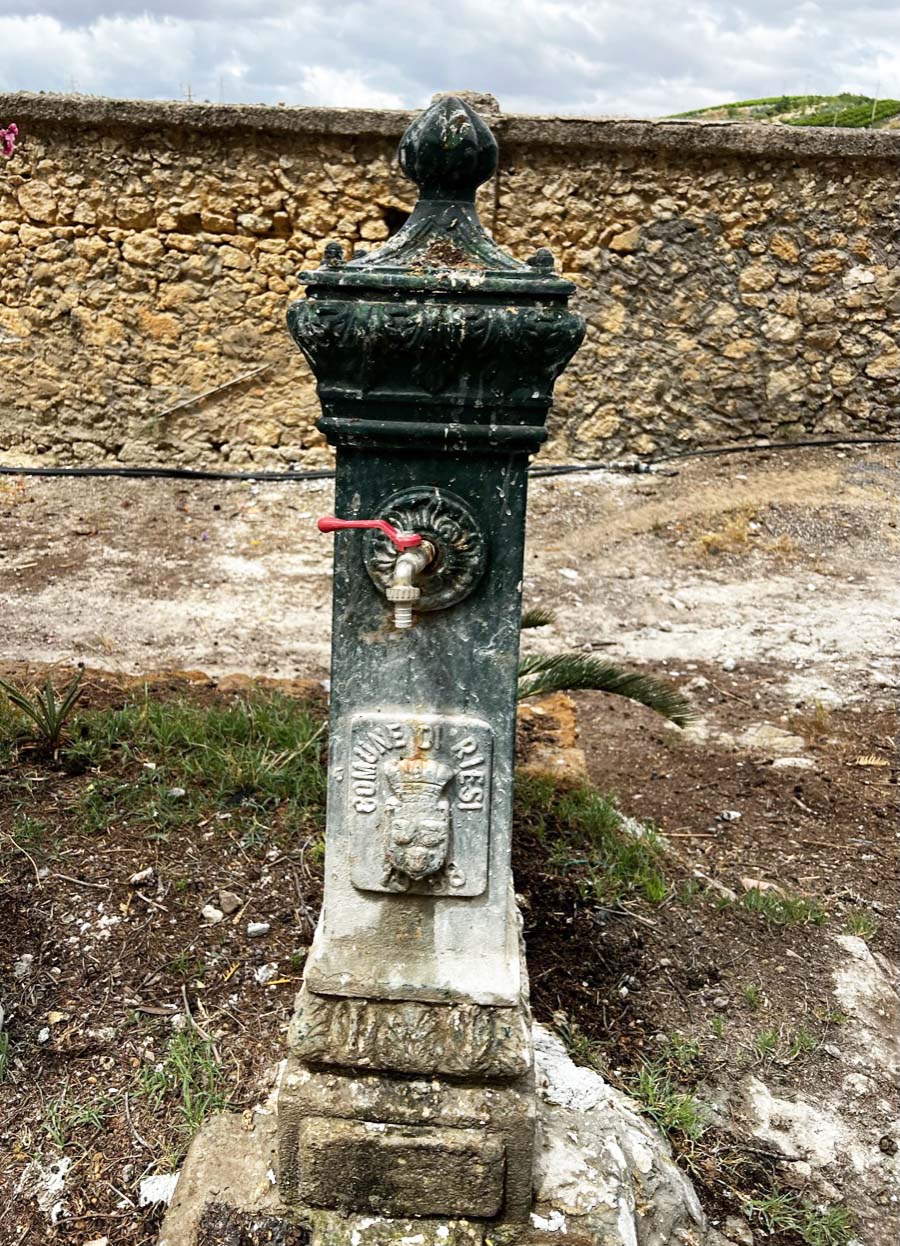 Riesi Cemetery. J Marlin 2022
Riesi Cemetery. J Marlin 2022
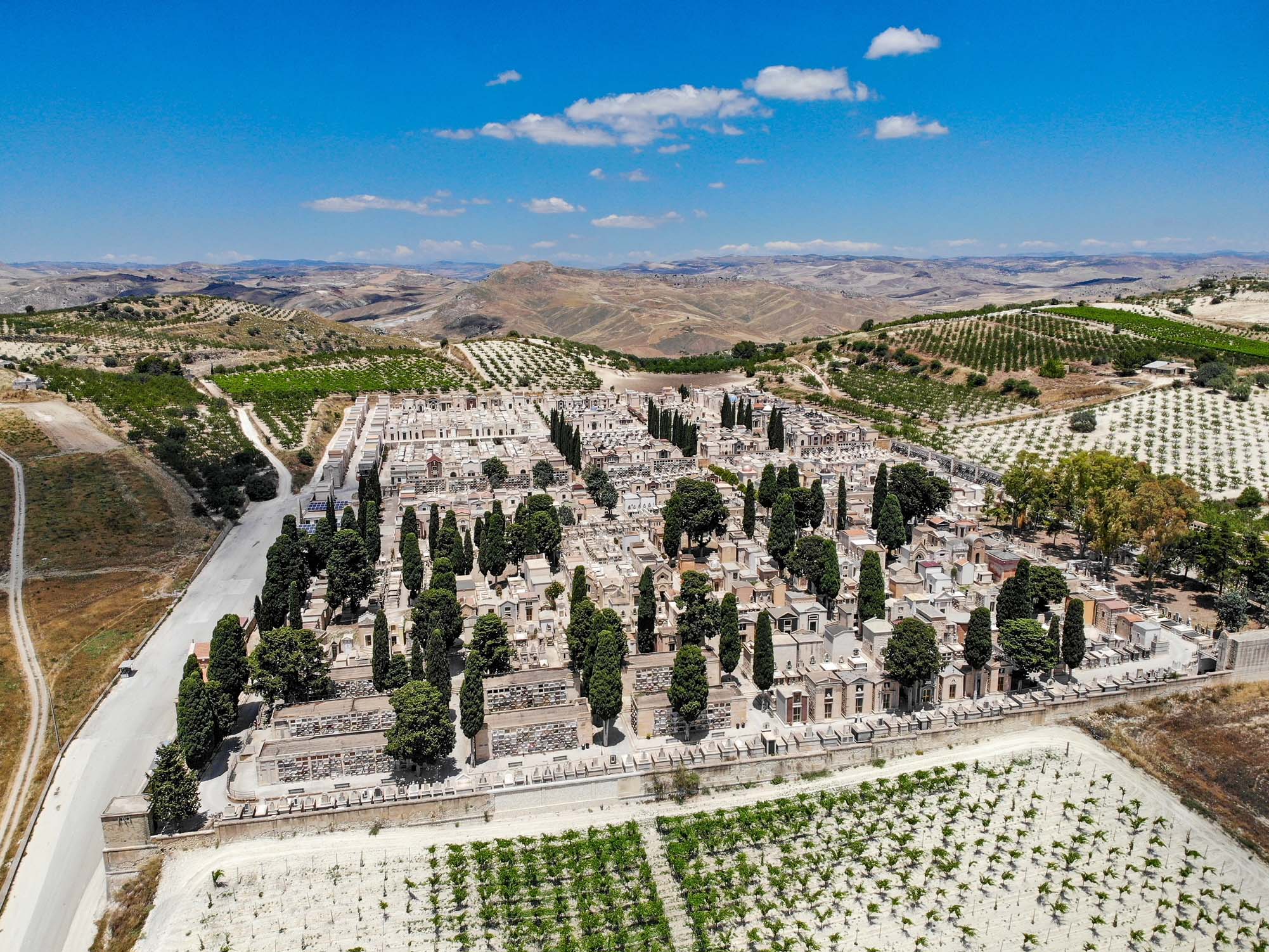 Riesi Cemetery. J Marlin 2022
Riesi Cemetery. J Marlin 2022
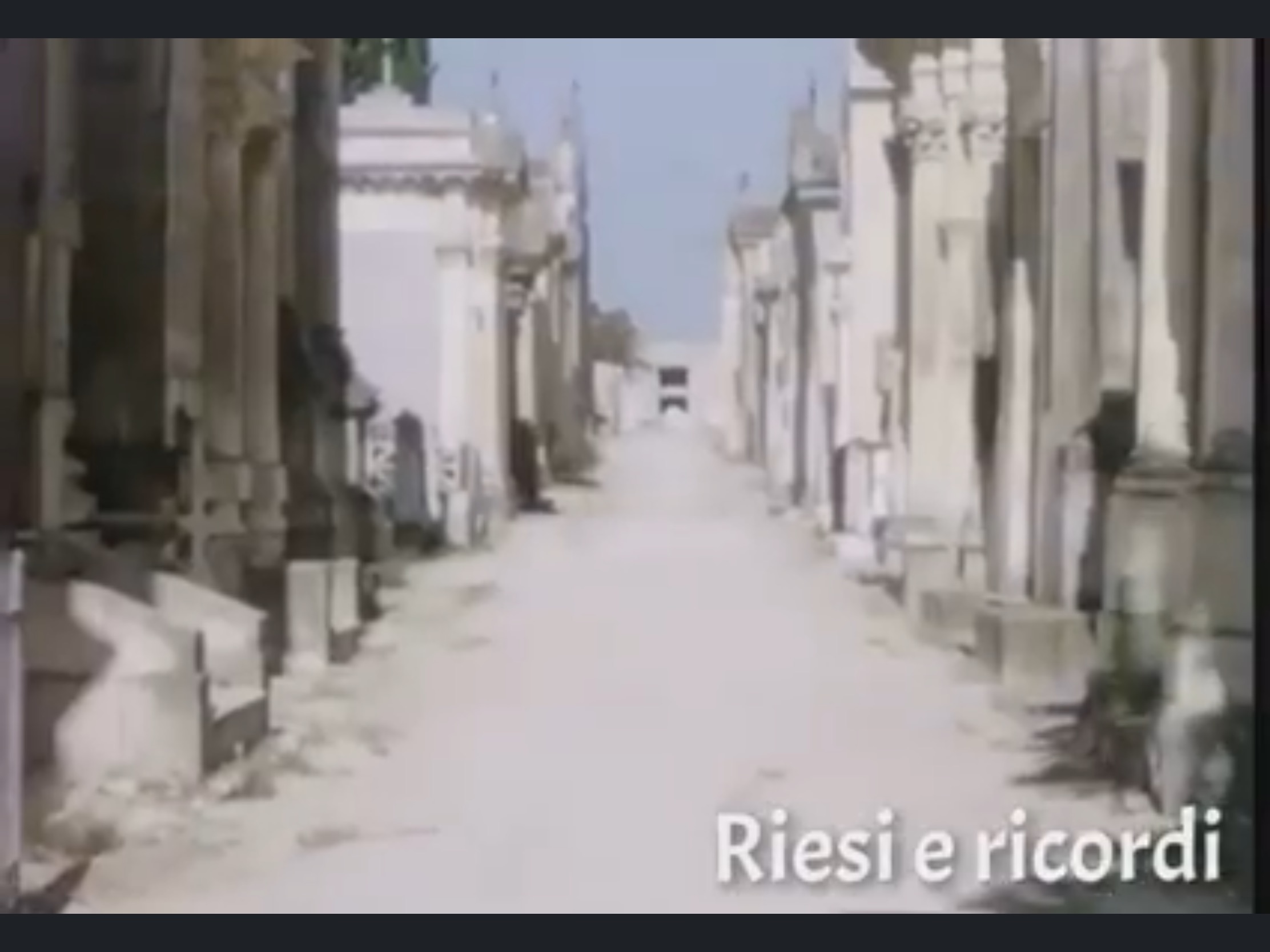 Historic photo of Riesi Cemetery.
Historic photo of Riesi Cemetery.
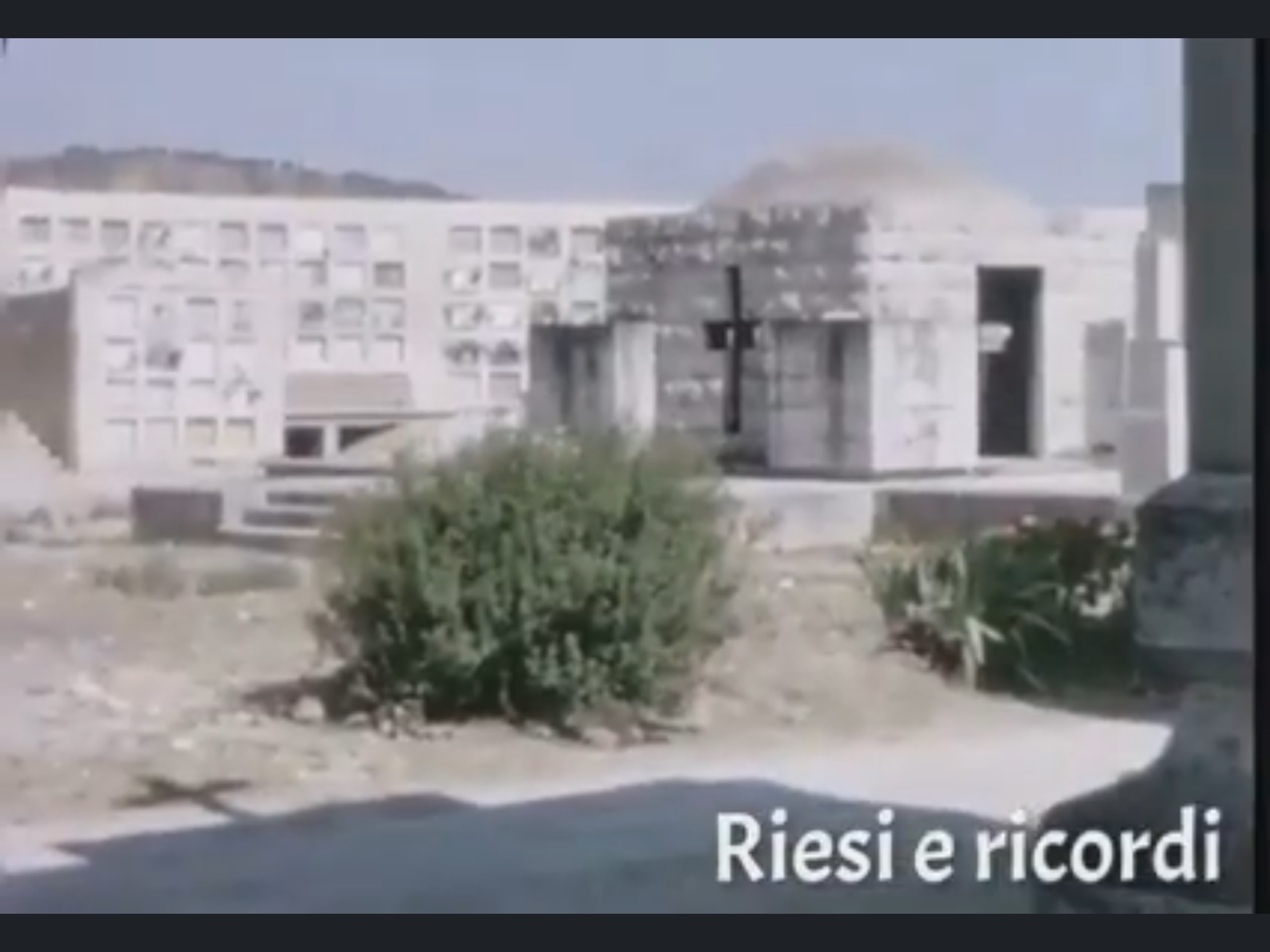 Historic photo of Riesi Cemetery.
Historic photo of Riesi Cemetery.
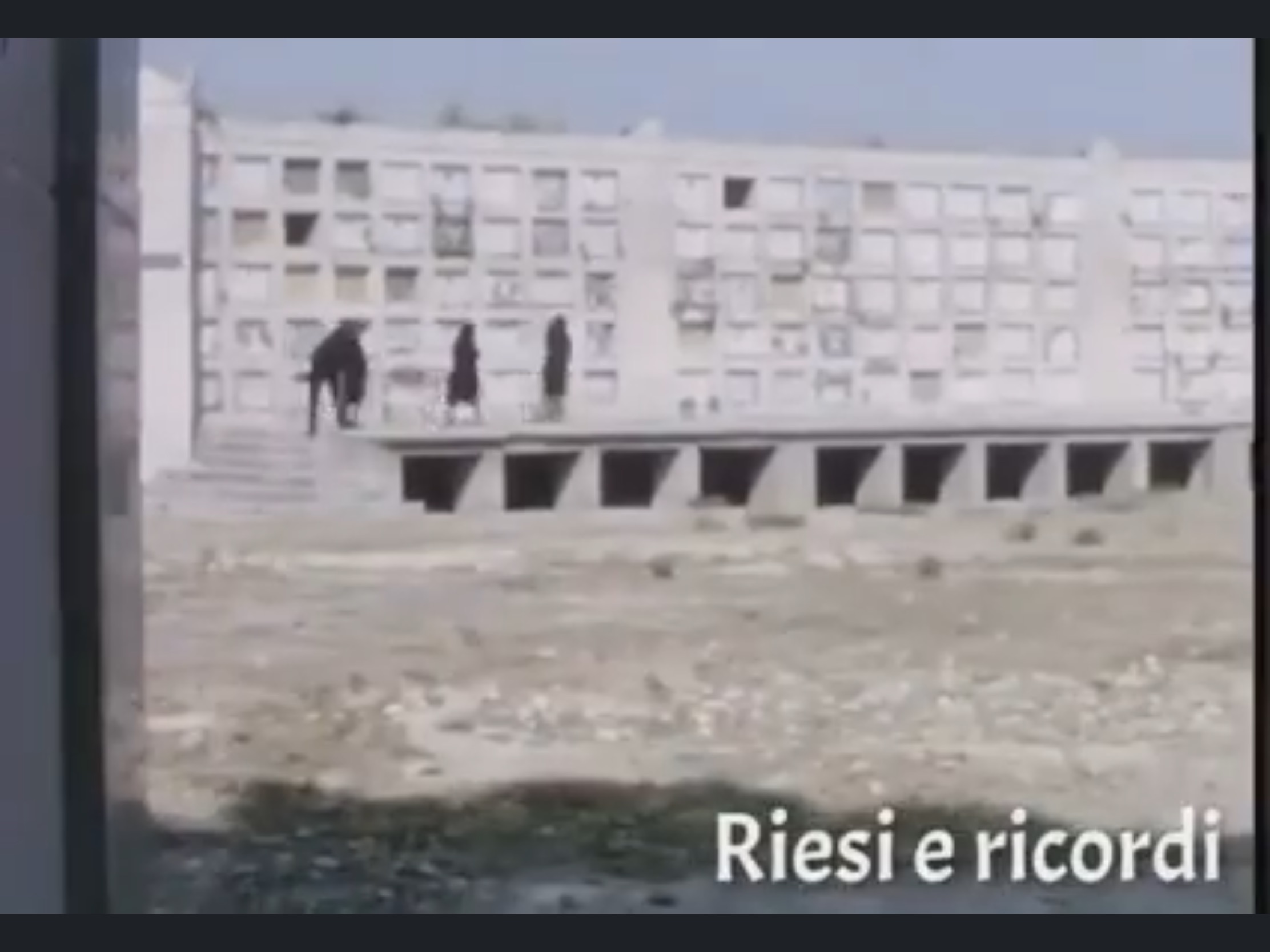 Historic photo of Riesi Cemetery.
Historic photo of Riesi Cemetery.
1 Ferro, Salvatore (1934) The History of Riesi. From the Origins to Our Days.
2 Erhardt, Anna Chiara and Steinert, Luca David (2021) Riesi ∙ Sicily: Impulses and action strategies for the city of Riesi.
3 Leman, Johan (1987) From Challenging Cultured to Challenged Culture.